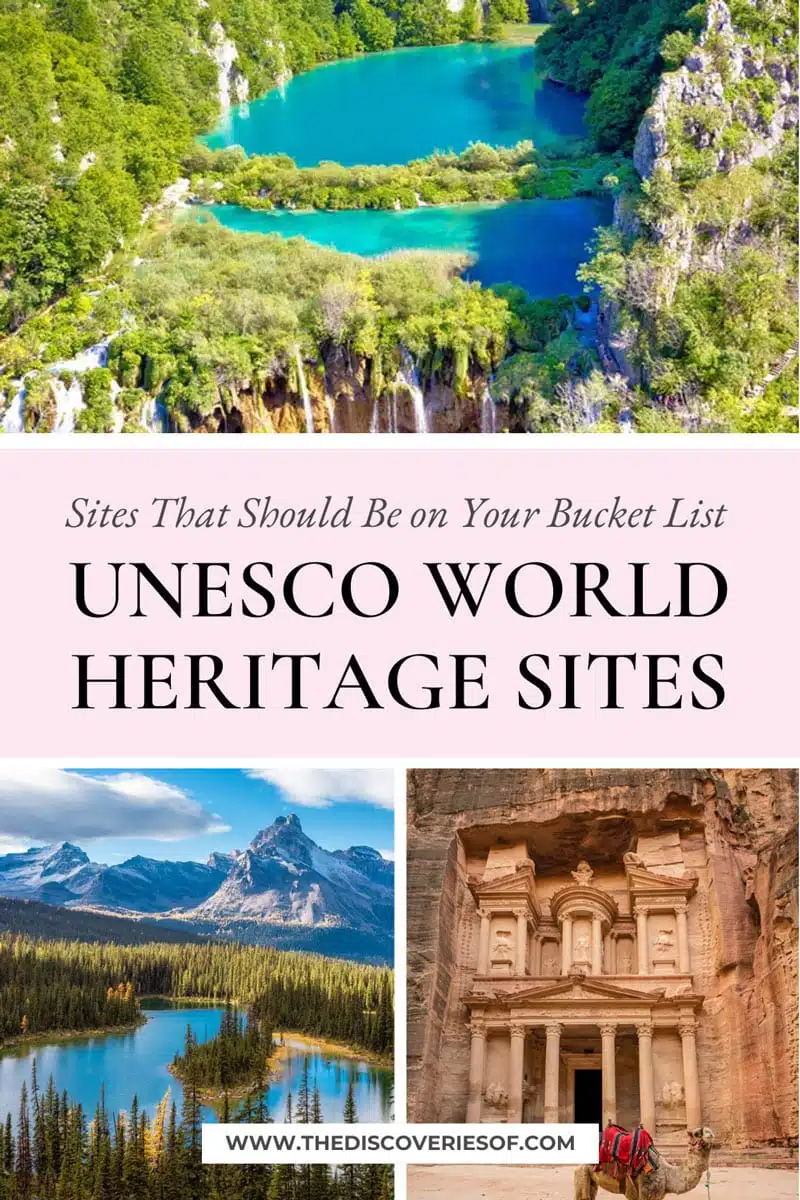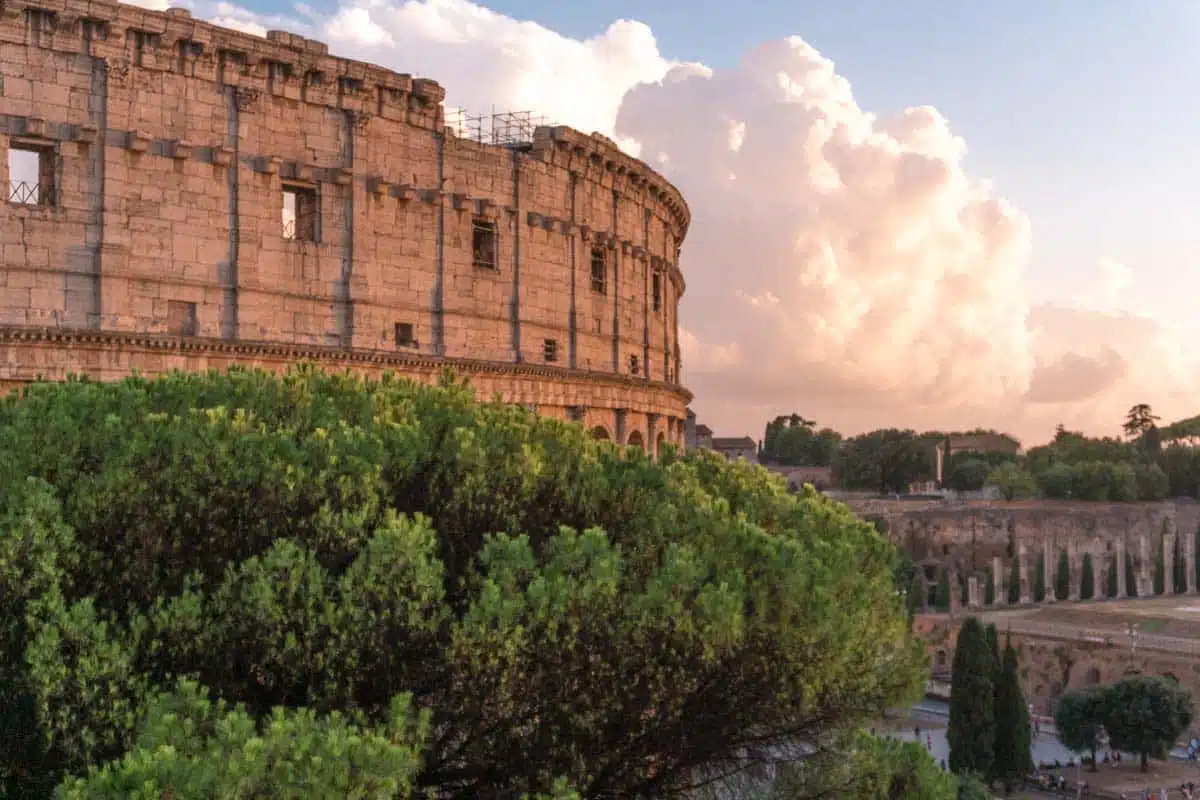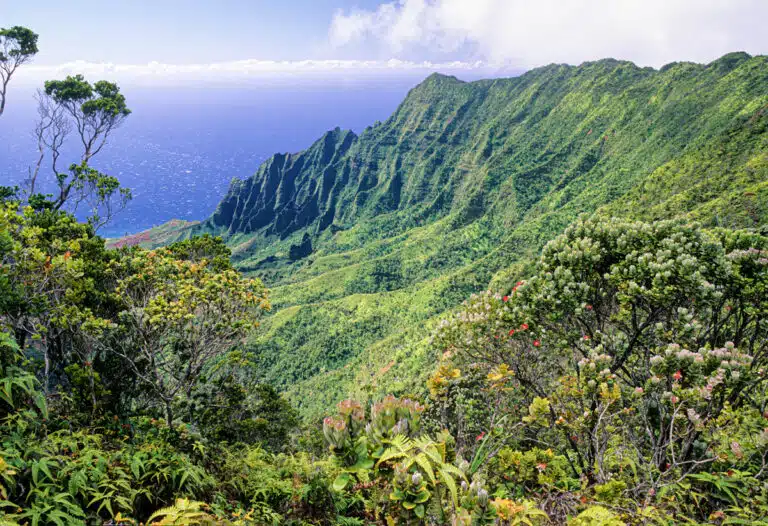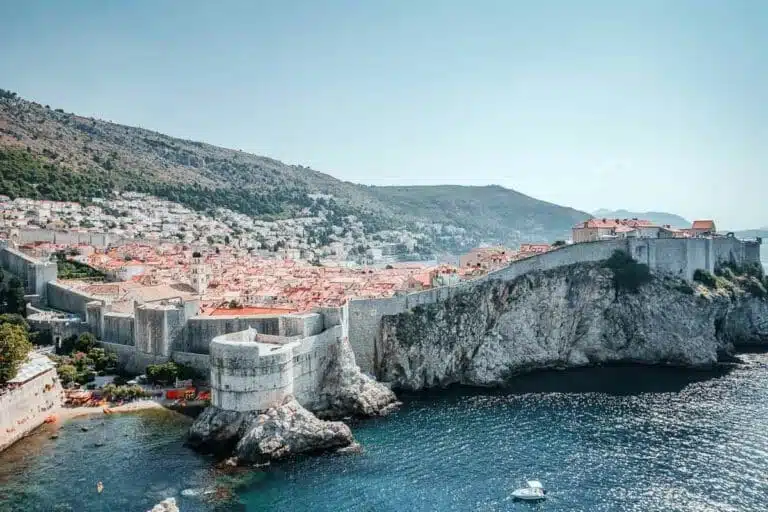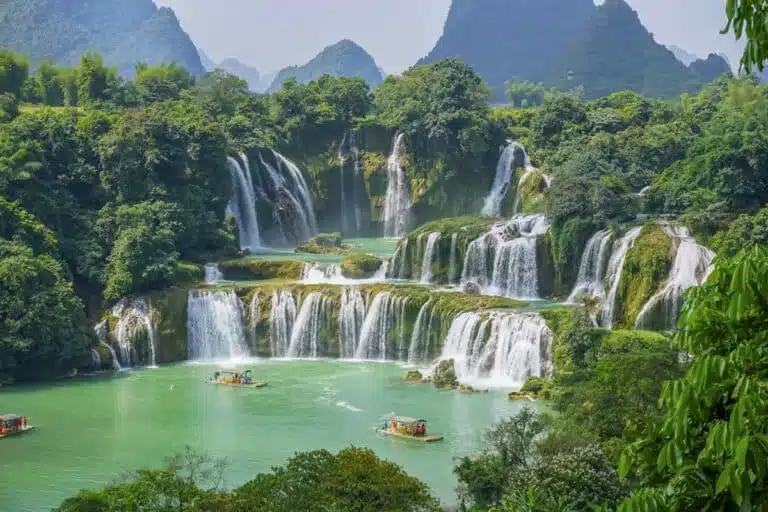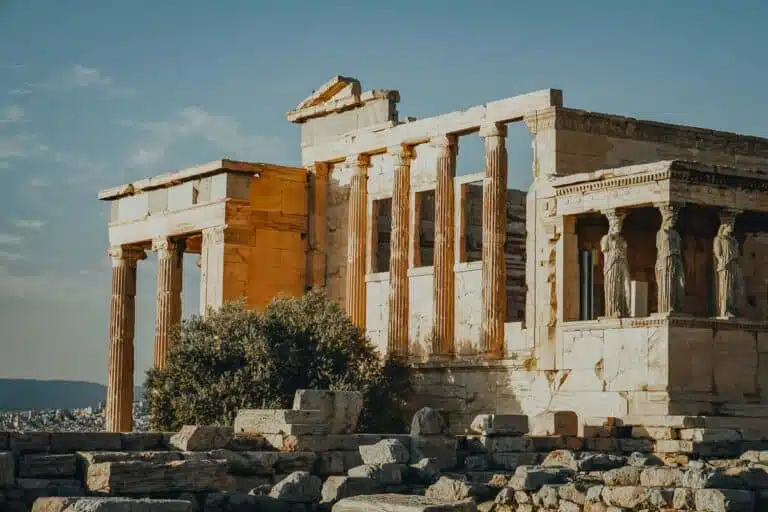The world is brimming with awe-inspiring landmarks that tell tales of history, culture and nature. UNESCO World Heritage sites stand as a testament to these wonders – a tightly woven tapestry of our global heritage. Discover these must-see UNESCO World Heritage Sites.
From ancient ruins telling the story of eras long gone, to natural landscapes you can never quite soak in, UNESCO World Heritage sites pass on the legacy of our shared human journey.
I won’t lie – with over 1,100 sites spread out over 167 countries, the chances of you being able to see all of the UNESCO World Heritage sites are pretty slim. Start with these wondrous sites – unparalleled places you have to add to your travel bucket list.
Best UNESCO World Heritage Sites
UNESCO World Heritage Sites in Africa
Okavango Delta, Botswana
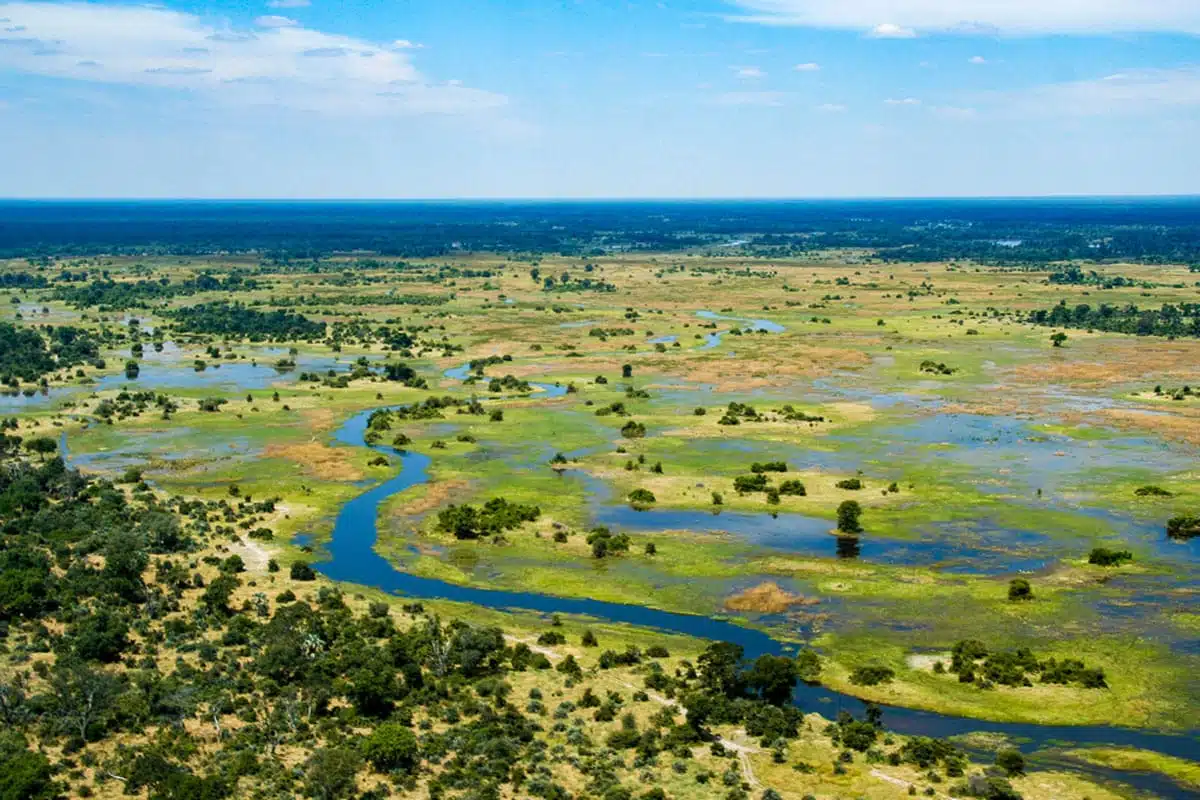
Situated in Botswana, the maze of channels, lagoons and islands that make up the Okavango Delta is one of nature’s marvels. This incredible World Heritage Site floods during the dry season, attracting a vast amount of wildlife that spans from elephants to lions and rhinos.
It’s a vibrant ecosystem in which nature’s rhythm and balance come to the fore. Take the opportunity to learn more about the culture whilst canoeing through the delta in the Moremi Game Reserve.
Medina of Marrakesh, Morocco
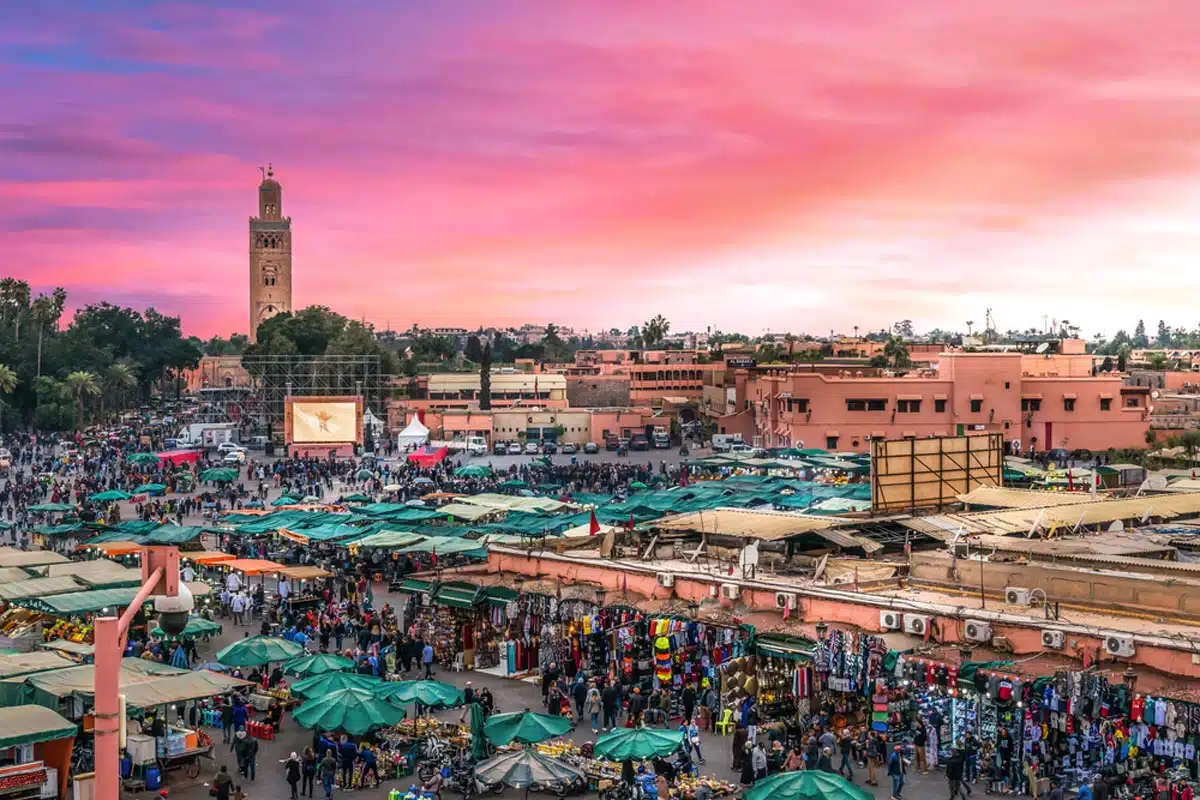
Is there anywhere more captivating than Marrakech? Founded in 1070-1072 by the Almoravids, it quickly became a pivotal economic, cultural and political centre, not just in Morocco, but in the western Muslim world.
The Medina sits at the heart of it all – dominated by the Koutoubia Mosque, it’s framed by a series of ramparts, gardens, palaces and the thrumming Jamaâ El Fna Square. Stroll around for a sensory overload of sights, sounds and smells.
Vallée de Mai, Seychelles

It’s no secret that I fell in love with the Seychelles on my last trip – but of all the gorgeous scenery I encountered, the primordial forest of the Vallee de Mai was up there with the best.
Often nicknamed the “Garden of Eden” this soaring palm forest is one of the few places you’ll find the mysterious Coco de Mer palm whose seed is said to be shaped like a pair of women’s buttocks.
Glimpse into ancient natural history as you stroll around the forest, where endemic species from the Seychelles parrots to chameleons make their home.
Robben Island, South Africa
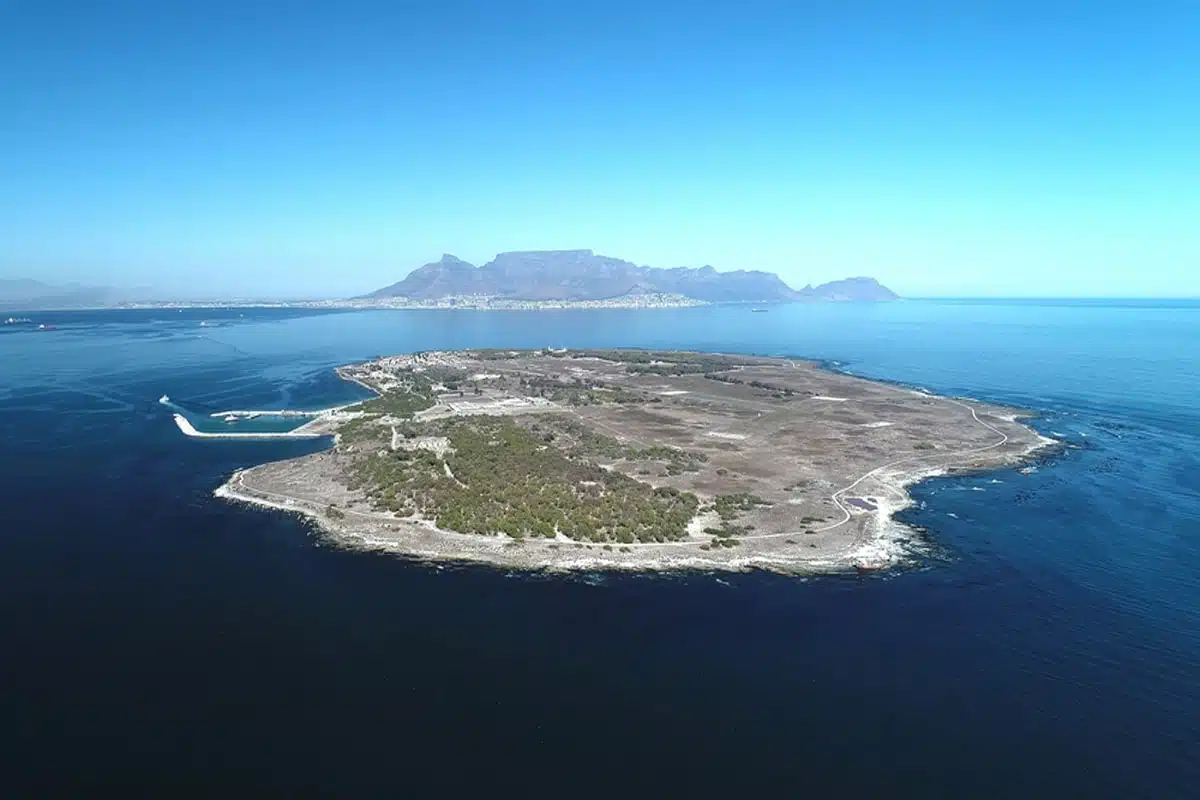
Stranded off the coast of Cape Town in South Africa, Robben Island is a sombre reminder of the country’s not-too-distant Apartheid past.
The island was used as a place of banishment, isolation and imprisonment for nearly 400 years – first as a leper colony, but most famously as the place where Nelson Mandela spent 18 of his 27 years in prison.
Tour the island for an insightful look into the history of the fight for freedom.
Serengeti National Park, Tanzania

Spanning a whopping 9,165 square miles (14,750 km), the Serengeti National Park in Tanzania is one of the prime UNESCO World Heritage Sites for nature lovers.
Tanzania’s first natural park is synonymous with Africa’s wildlife and the annual migration, when thousands of wildebeest, zebra and predators strike out across the plains in one of nature’s most spectacular events.
UNESCO World Heritage Sites in Asia
Angkor, Cambodia
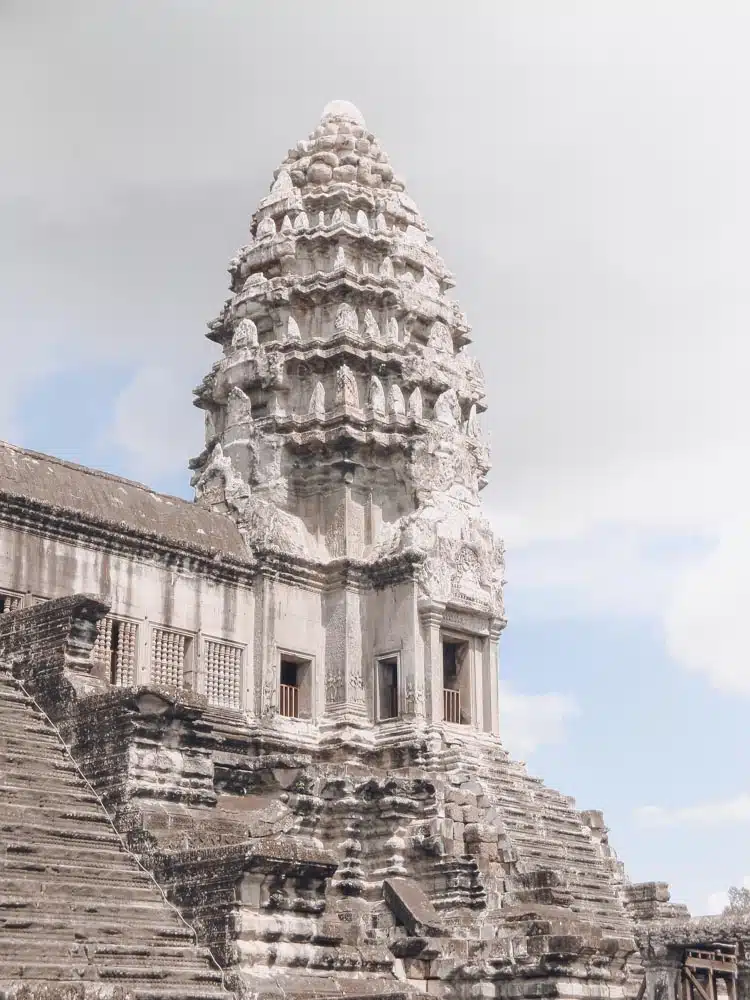
Nestled amidst the Cambodian jungle, Angkor is an unparalleled archaeological marvel that bears testimony to the importance of the Khmer Empire. Built between the 9th and 15th centuries, it’s a vast maze of temples, reservoirs and canals entangled within the jungle.
Angkor Wat is the most famous of the temples – peek at the temple’s reliefs to see the tales of Hindu epics and celestial realms carved into its walls. Move onto the nearby Ta Prohm where the face of Buddha stands in the clutch of winding trees.
Seeing the sunrise over Angkor was one of the most memorable moments from all my travels: the grey stone and jungle canopy was bathed in pink hues as the birds raised their chorus. I’d strongly encourage anyone who can to see it at least once.
Imperial Palaces of the Ming and Qing Dynasties, China
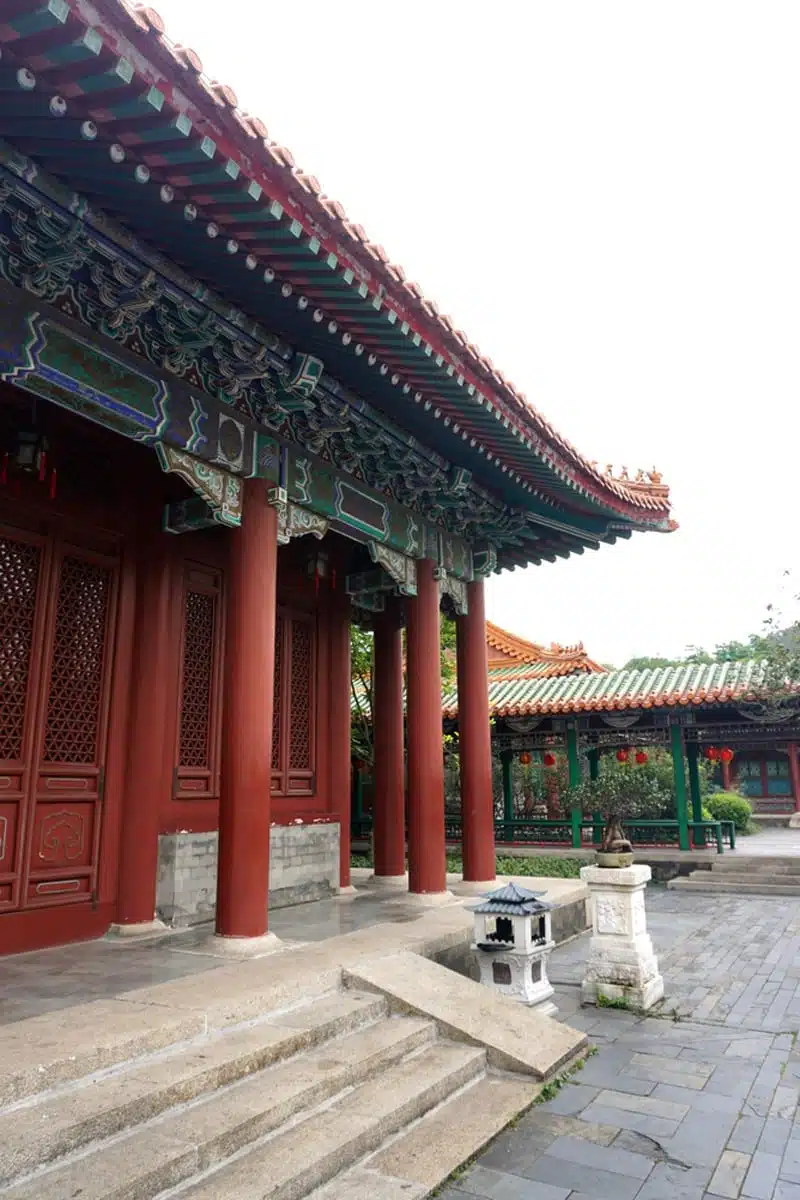
Standing as a symbol of China’s grandeur, if you’re wondering “What is the most visited UNESCO World Heritage Site?” The answer is the Forbidden City.
The 15th-century Imperial Palaces of Beijing (more commonly known as theForbidden City) showcases artwork, architecture, and culture from the Ming and Qing dynasties.
It’s the most complete collection of imperial architecture in the country – a maze of palaces, courtyards and regal halls encased by monumental walls.
The Great Wall of China, China
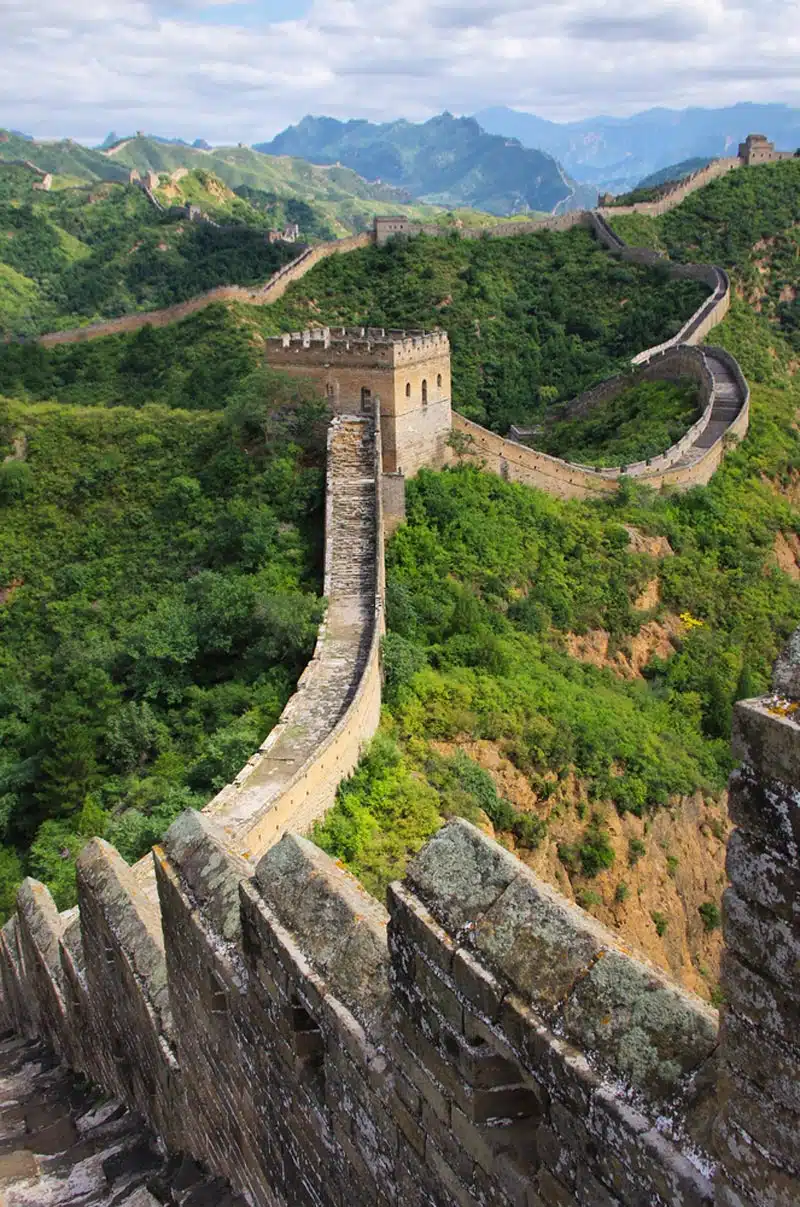
Looking to discover the top 10 UNESCO World Heritage Sites? Head to The Great Wall of China to see one of the UNESCO wonders on nearly every traveller’s bucket list.
Awarded World Heritage status in 1987, this iconic barrier stretches over 13,000 miles, winding over deserts, mountains and plains and symbolising China’s historical might and resilience as it does.
Of course, I have to add in everyone’s favourite Great Wall fact – it’s so big, you can see it from space!
Taj Mahal, India
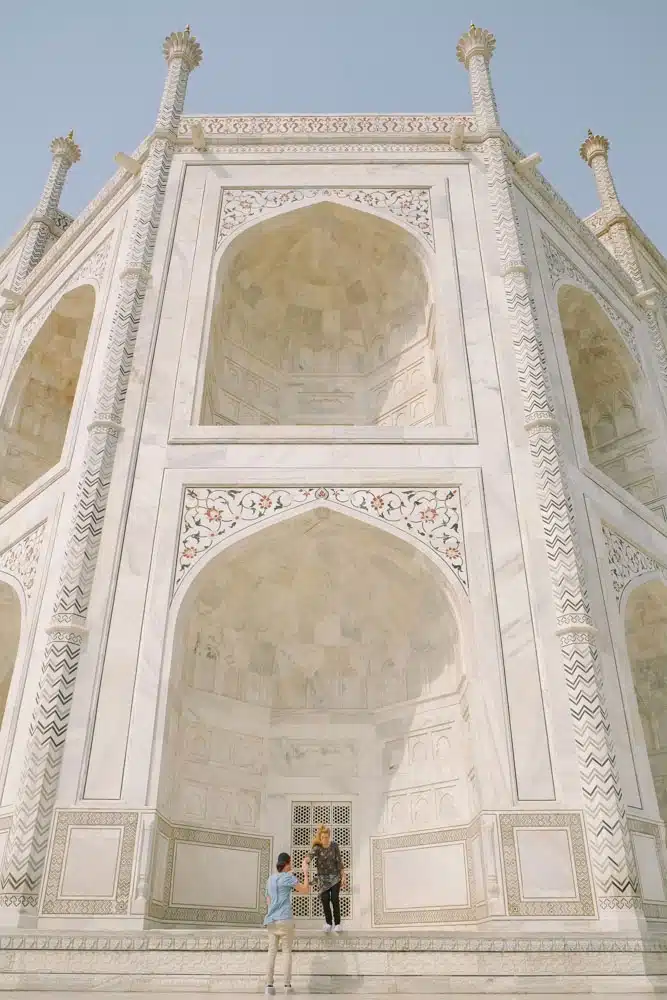
Another world-famous UNESCO site (and official Wonder of the World), the Taj Mahal is located in Uttar Pradesh, India.
Constructed between 1632 and 1653, it was famously commissioned by the Mughal Emperor Shah Jahan as a mausoleum for his wife Mumtaz Muhal.
Go to see incredible architecture that blends Persian, Ottoman and Indian elements within its intricate design.
Jaipur, India
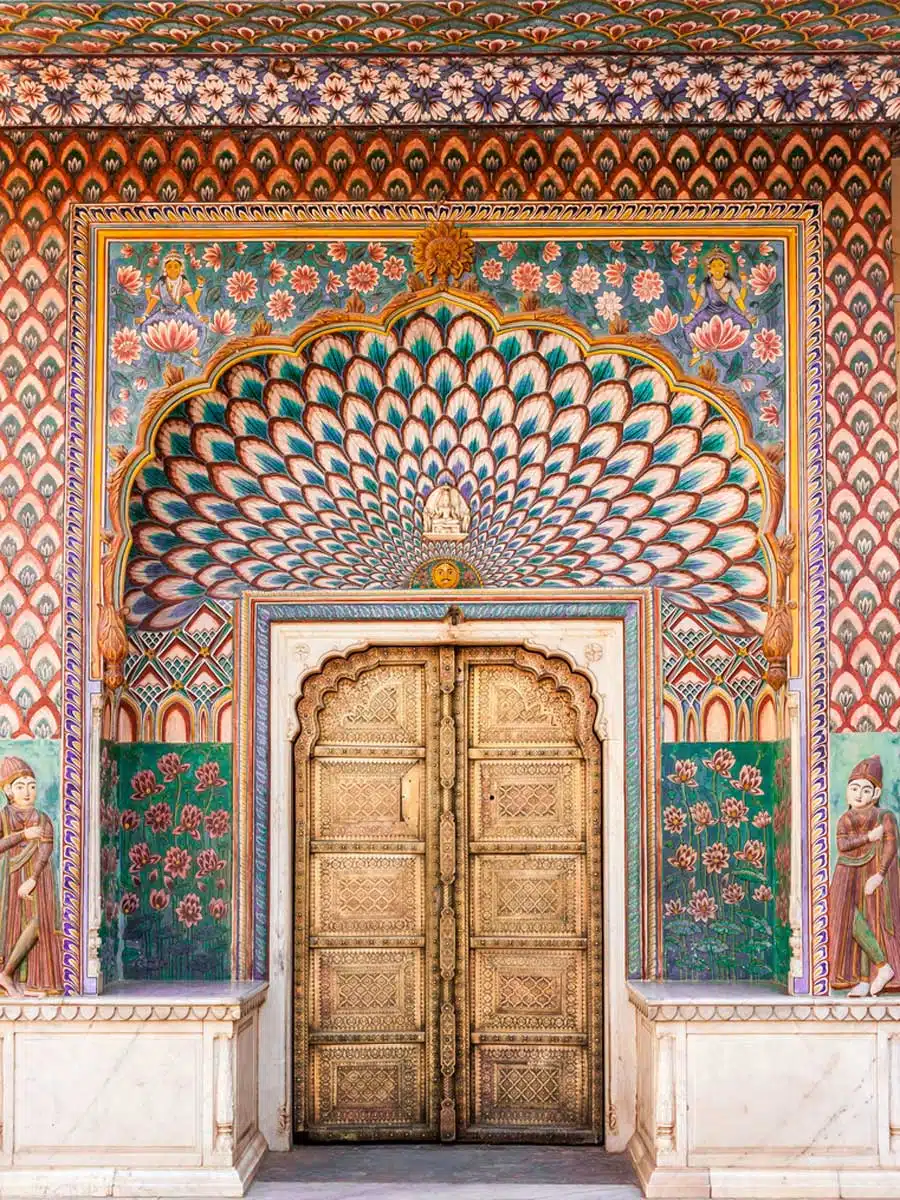
The Pink City of Jaipur is one of the most striking UNESCO Sites in India. The capital of Rajasthan, the city (which, you guessed it… is mostly painted pink) has a stunning collection of palaces, fortresses, and bazaars.
The design, which was based on Vedic principles, encapsulates landmarks such as the Nahargarh Fort, The City Palace, Hawa Mahal, and Johari Bazaar, showcasing the city’s cultural importance.
Borobudur, Indonesia

Want to see a UNESCO Site in Indonesia, that also just so happens to be the biggest Buddhist Temple in the world? Venture to Borobudur.
Construction was completed in the 9th century, and it has incredibly well-preserved details, including over 500 Buddha statues around the massive complex, with over 70 around the central dome. Look closely and you’ll also see intricate carvings showing Gautama Buddha’s teachings.
Historic Monuments of Ancient Kyoto, Japan
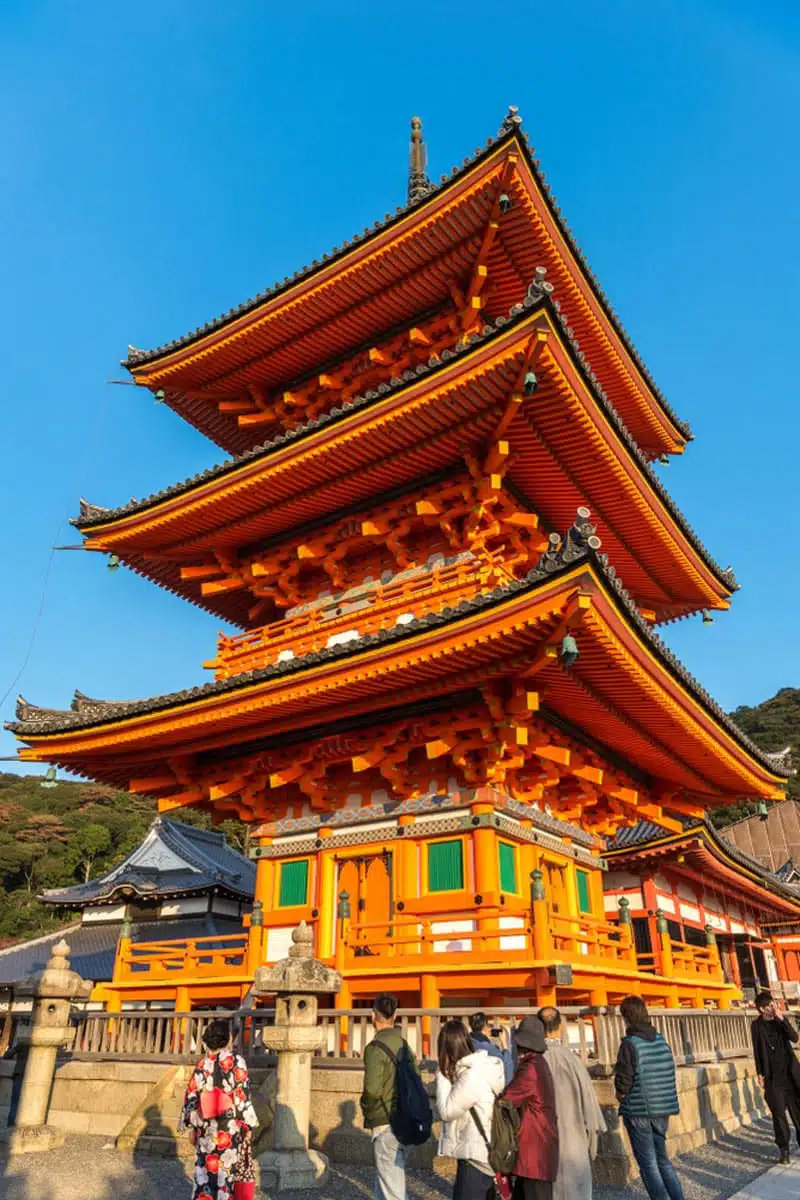
Kyoto is having a moment. I named it as one of my top places to travel in 2023, in no small part to the UNESCO Sites there.
Bearing testament to the fact that Kyoto was Japan’s imperial capital between 794 and 1868, the city’s whopping 17 UNESCO locations include the Buddhist Temples of Kōsan-ji and Kiyomizu-dera, and the Heian-jingu Shrine.
Luang Prabang, Laos

Luang Prabang was one of the places in Asia that totally blew me away. Laos doesn’t make big ripples on the international travel scene, which is a shame as it’s a trove of historical and cultural landmarks at which Luang Prabang sits at the pinnacle.
The ancient city was the country’s royal capital until 1975 and is home to stunning architecture like the Buddhist Temples of Phousi Hill and Wat Xiengthong, but also gorgeous natural wonders like Kuang Si Falls.
Blending gilded Buddhist temples and French colonial facades, it’s a harmonious meeting of spirituality and heritage.
Galle Old Town, Sri Lanka
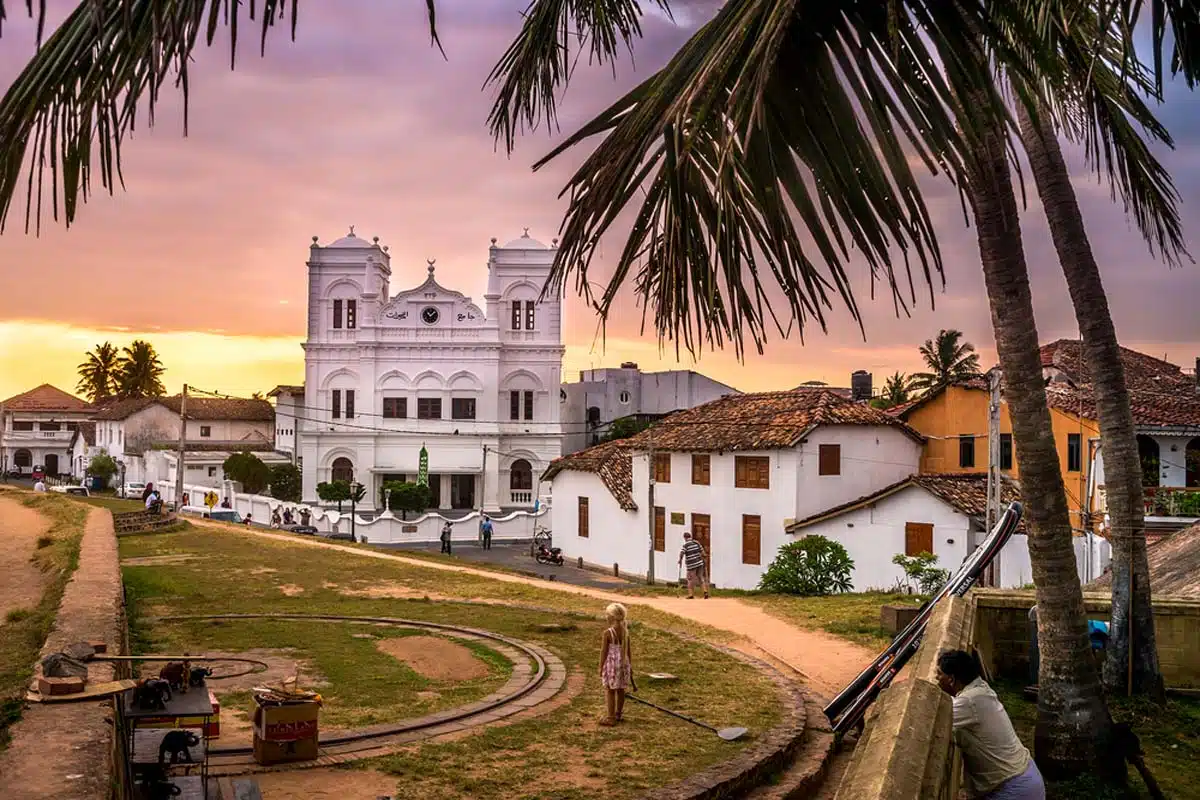
Heading to Sri Lanka? Don’t miss a chance to visit Galle Old Town.
Enclosed within the walls of the Dutch fortifications, Galle’s old town overlooks the Indian Ocean and tells the tale of its colonial history. Dutch-colonial buildings meet ancient mosques, churches and landmarks such as the Galle Dutch Fort, Galle Fort Clock Tower and The National Museum of Galle.
See it all from the iconic Galle Lighthouse which stands guard over it all.
Ayutthaya, Thailand
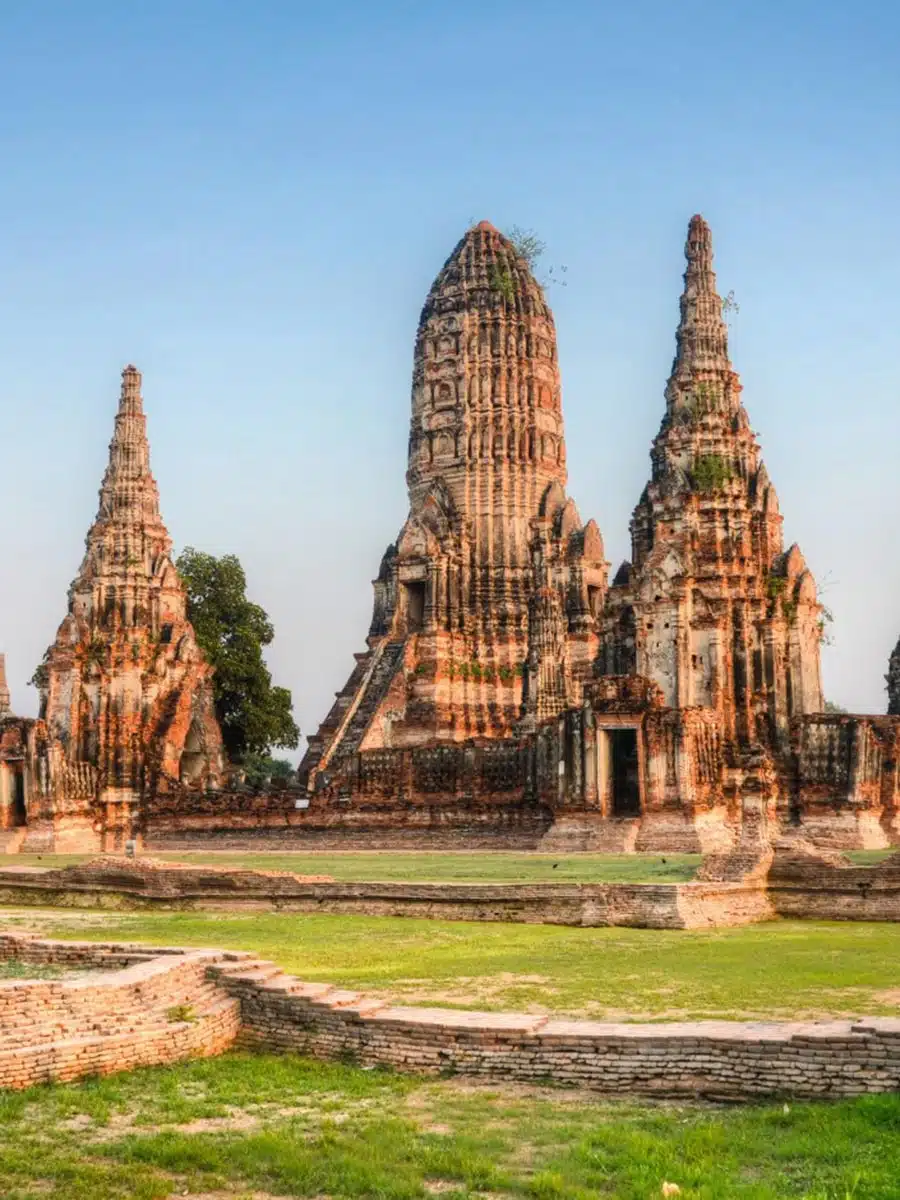
Founded in 1350, Ayutthaya is a UNESCO site in Thailand (formerly Siam) and one of the country’s must-see spots.
The sprawling site tells the story of a city that was once the epicentre of global diplomacy and trade. Walk or cycle around it to glimpse ancient temples, monasteries and palaces that provide a glimpse of its past grandeur.
Hoi An Ancient Town, Vietnam
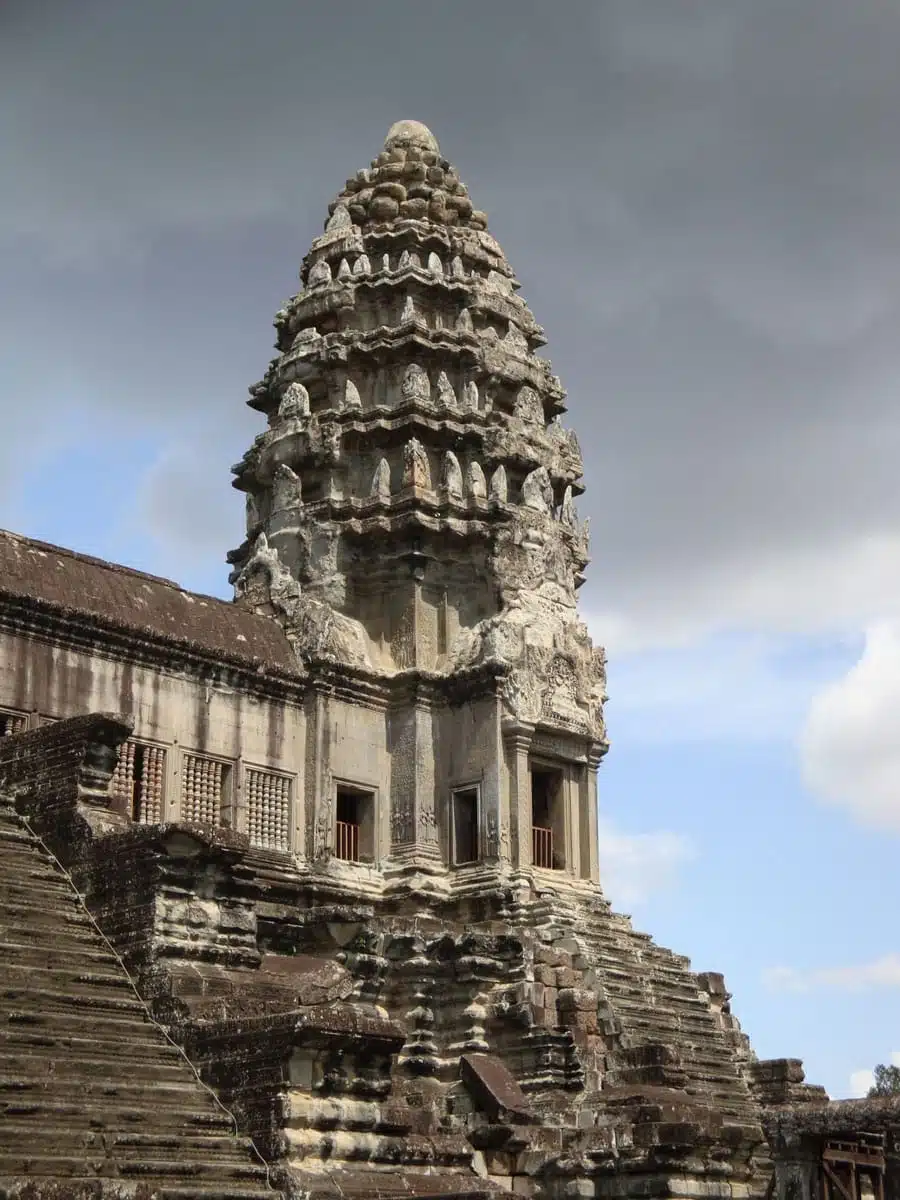
The well-preserved Southeast Asian trading port of Hoi An Ancient Town, sits on the Thu Bon River in Vietnam.
Dating from the 15th to 19th century, the architecture is a blend of traditional and colonial influences – creating a living museum with historic homes, temples and bridges. The famous Japanese Covered Bridge is the most famous of them all – be sure to add it to your itinerary.
UNESCO World Heritage Sites in Europe
Historical Centre of Vienna, Austria
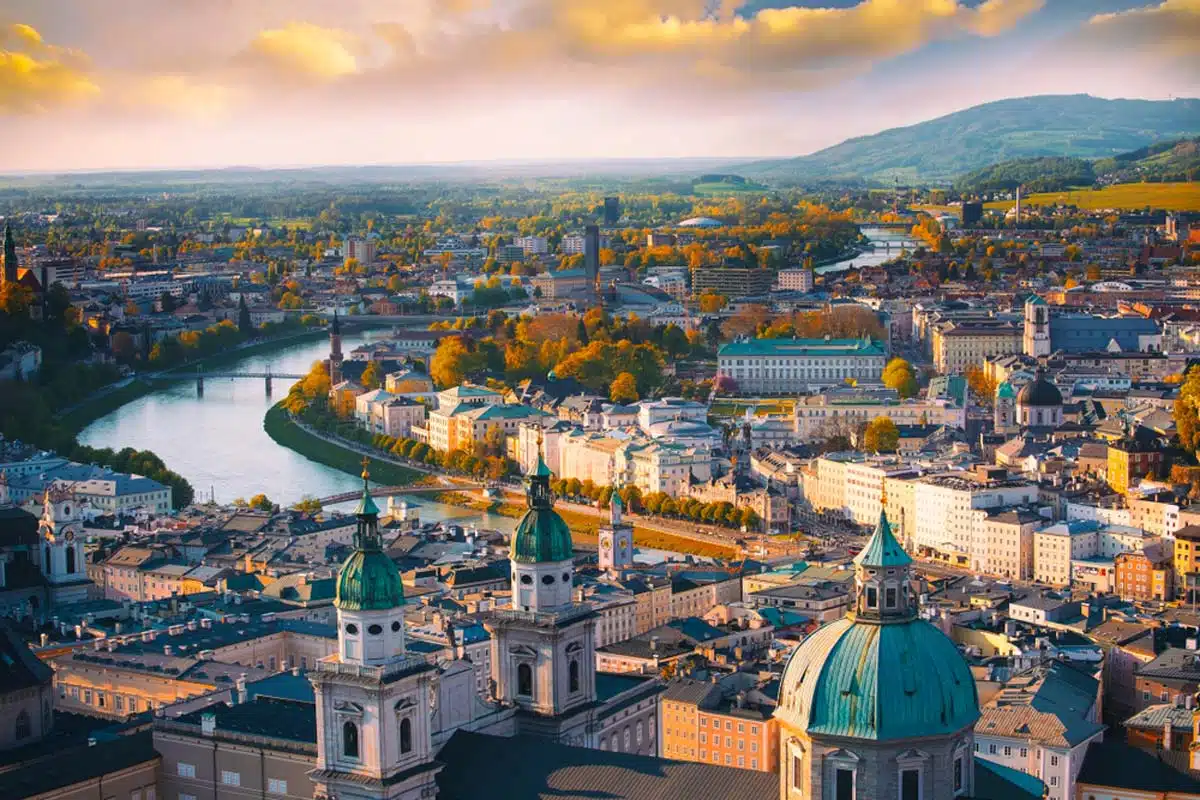
Vienna sat at the heart of the former Habsburg Empire and still has the regal elegance to show it.
A symphony of architectural prowess, it’s impossible not to be enchanted by the stunning Baroque architecture of the the18th-century Schönbrunn Palace, the Romanesque-Gothic St. Stephen’s Cathedral, and the imposing former palace,The Hofburg.
Historic Centre of Brugge, Belgium
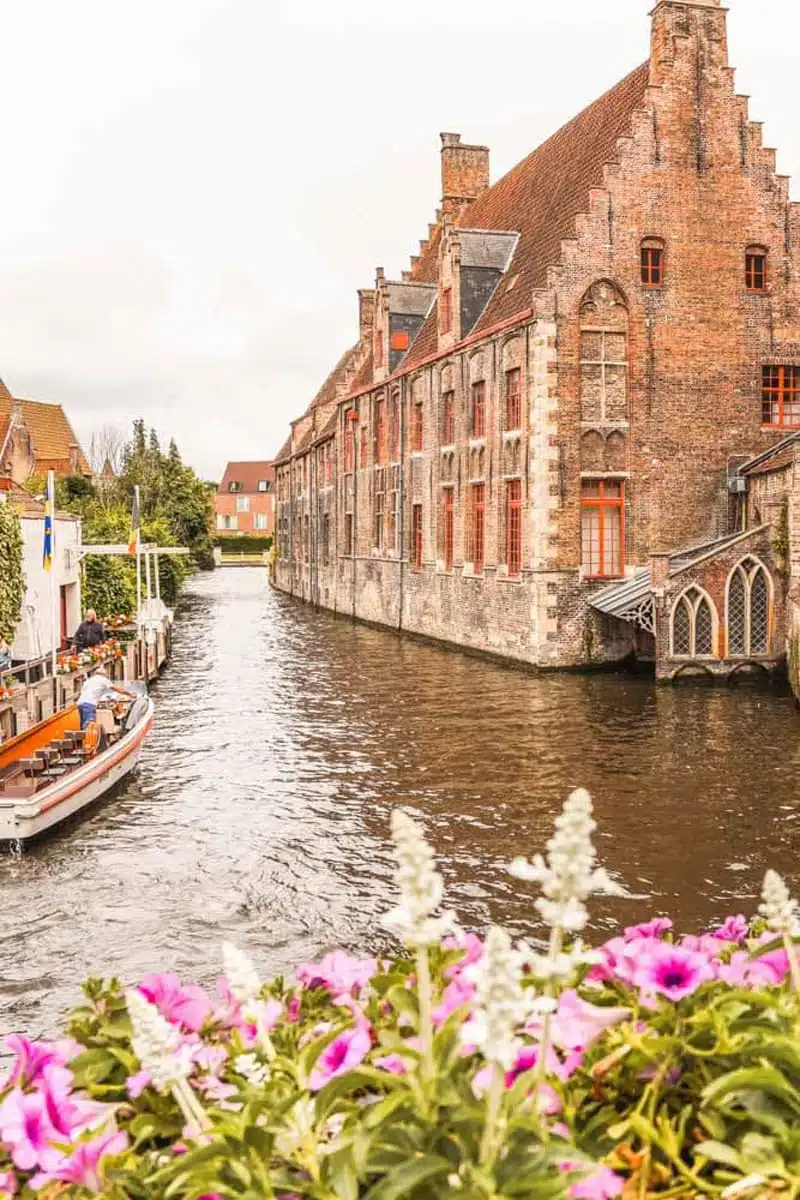
Meandering canals, ancient bridges and medieval market squares – the stunning locale of Bruges (otherwise known as the Venice of the North) is unmistakable. It’s no secret how much I love Bruges.
This Belgian city is something of a time capsule. Landmarks such as the Flanders houses of Markt (the storied commercial hub), Helig Bloedbasiliek (Basilica of the Holy Blood) and the towering Belfort (Belfry) are prime examples of Medieval, Gothic and Baroque architecture in one of the most gorgeous UNESCO World Heritage Sites in Europe.
Plitvice Lakes, Croatia
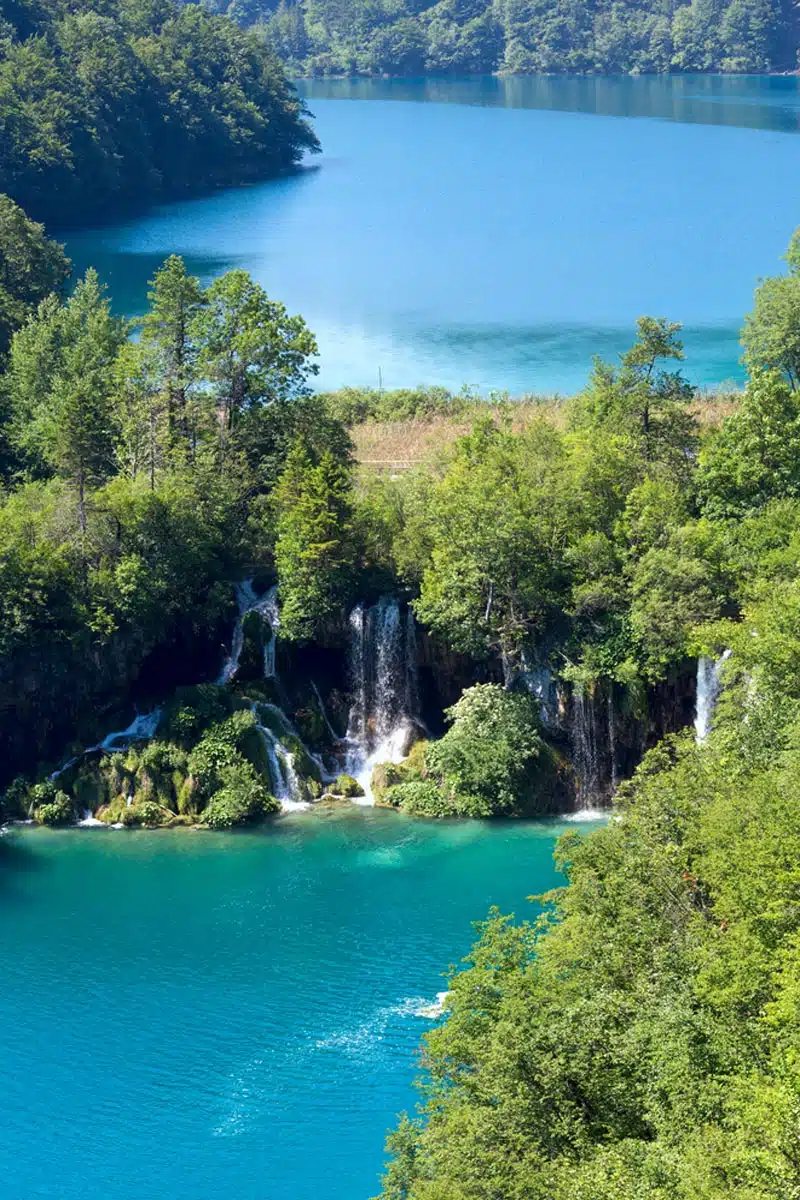
Delve into the watery wonderland of Croatia’s Plitvice Lakes National Park. This was the country’s first-ever national park, and let me tell you – they didn’t save the best for last.
The lakes are a small section of the park, but the bright waters (which oscillate between hues of azure, turquoise and green), stunning waterfalls (Galovački Buk is my favourite), and dense forests around it make for an amazing trip.
You’ll need to register in advance or take a guided tour.
Old City of Dubrovnik, Croatia
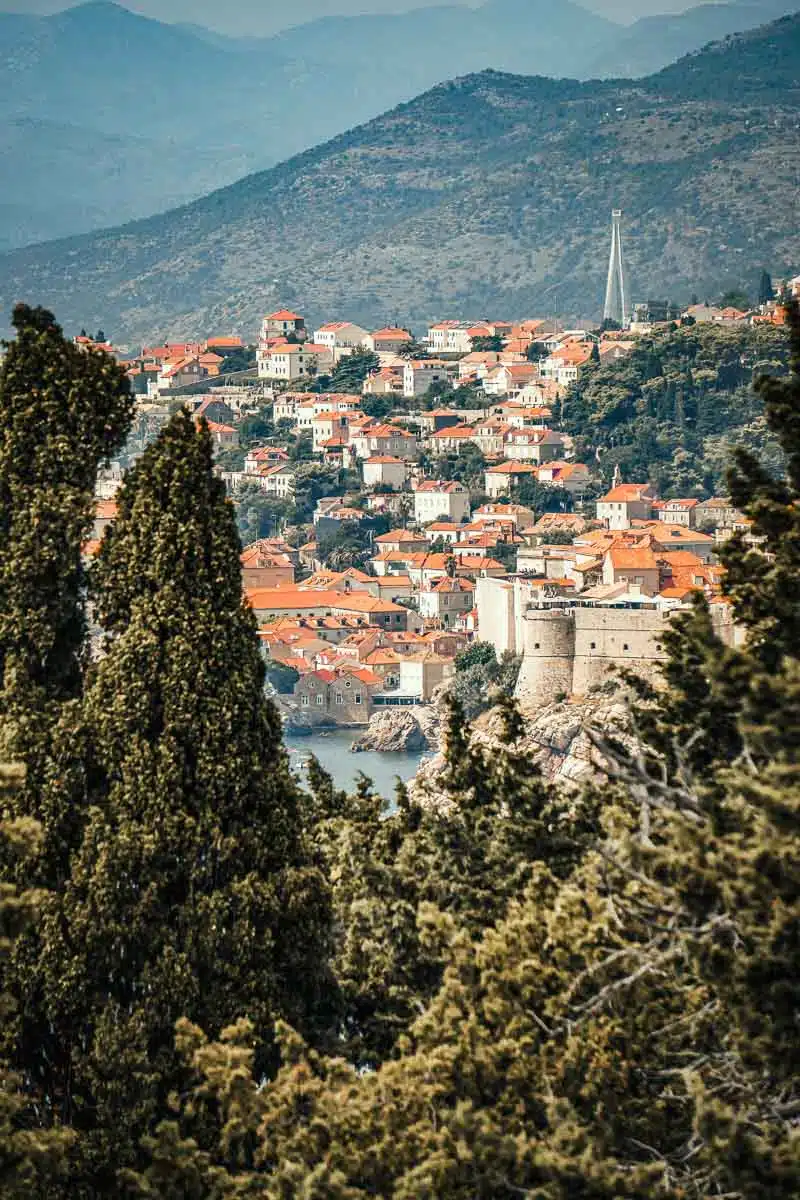
Dubbed the “Pearl of the Adriatic”, the Old City of Dubrovnik is not only a UNESCO World Heritage Site, it’s also the setting for King’s Landing in the HBO epic Game of Thrones.
Whether that excites you or not, the city’s amalgamation of Baroque and Renaissance architecture never fails to wow. Walk the historic walls of the ancient Old Town before seeing the Gothic and Renaissance-style Rector’s Palace, the Baroque The Church of St. Blaise and the 16th-century Sponza Palace against the shimmering backdrop of the Adriatic Sea.
Historic Centre Prague, Czech Republic (Czechia)
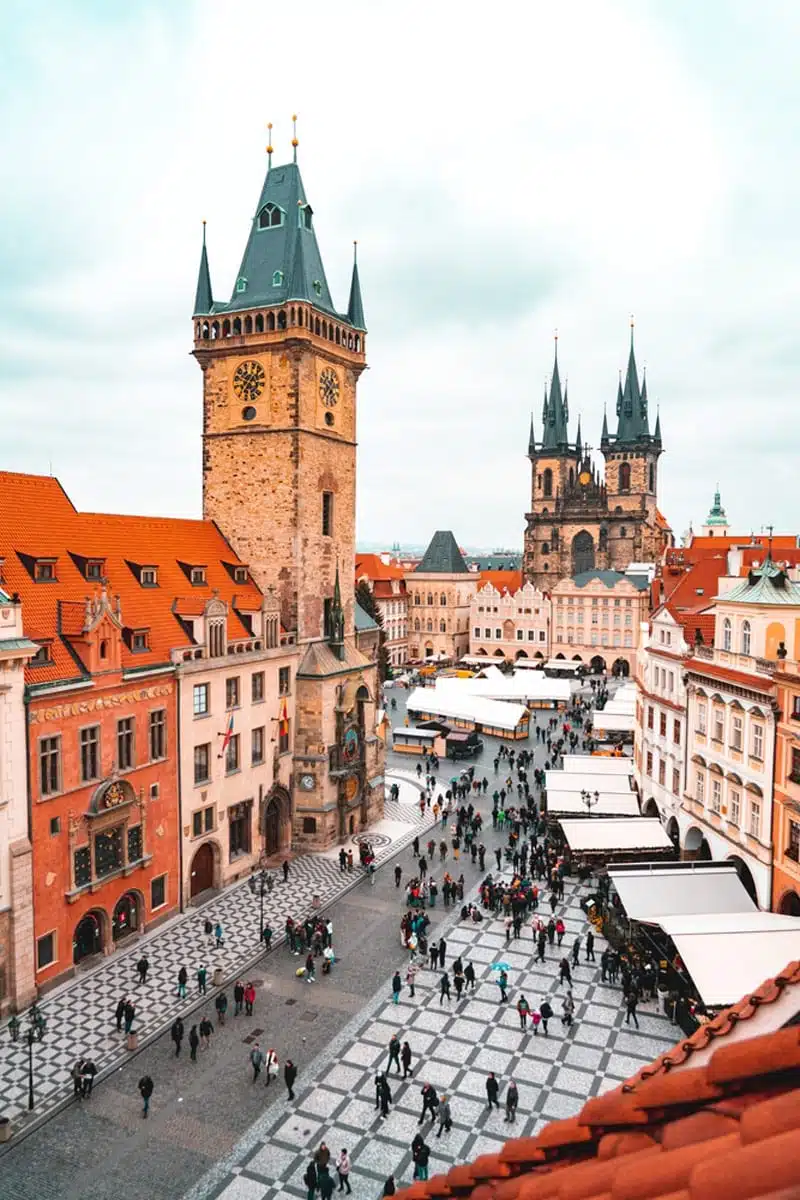
With a nickname of the “City of a Hundred Spires”, it should come as no surprise that Prague in the Czech Republic is simply teeming with Gothic cathedrals, Baroque palaces and ancient bridges.
The Historic Centre of Prague is home to a series of historical monuments and landmarks in three different districts (Old Town, New Town, and Lesser Town), with the Vltava River cutting its way through them all.
Highlights include the 15th-century Astronomical Clock (The Orloj), the historic Charles Bridge near the Prague Castle and the more recent (but very impressive) Rudolfinum.
The Loire Valley, France
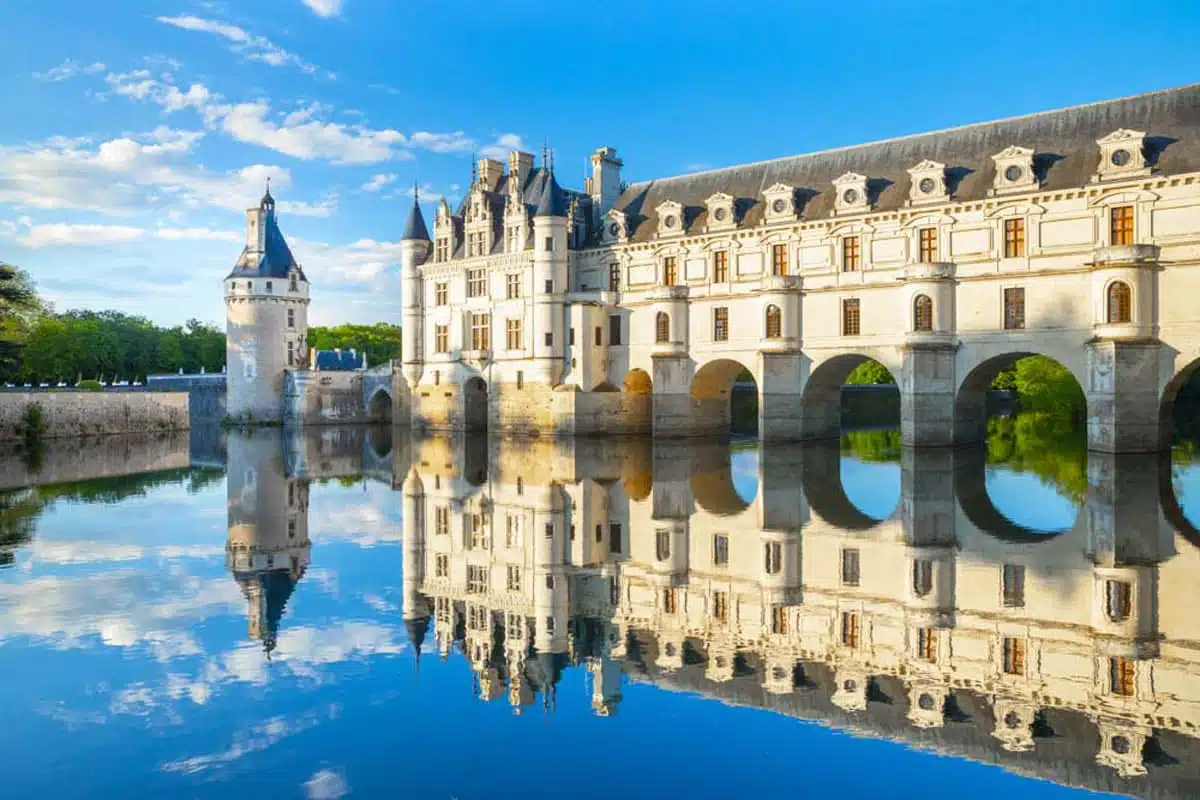
Visit the area of the Loire Valley from Sully-sur-Loire and Chalonnes and you’ll immediately see why UNESCO gave it their stamp of approval.
The historic wine region in France is famous for its Sauvignon Blancs, but the untouched forests and valleys combined with a tableau of Renaissance grandeur is really what puts it on the map.
Studded with chateaux, vineyards and villages, go to see the timeless beauty of historic sites like Château Royal d’Amboise and Château Royal d’Amboise.
Paris (Banks of the Seine), France
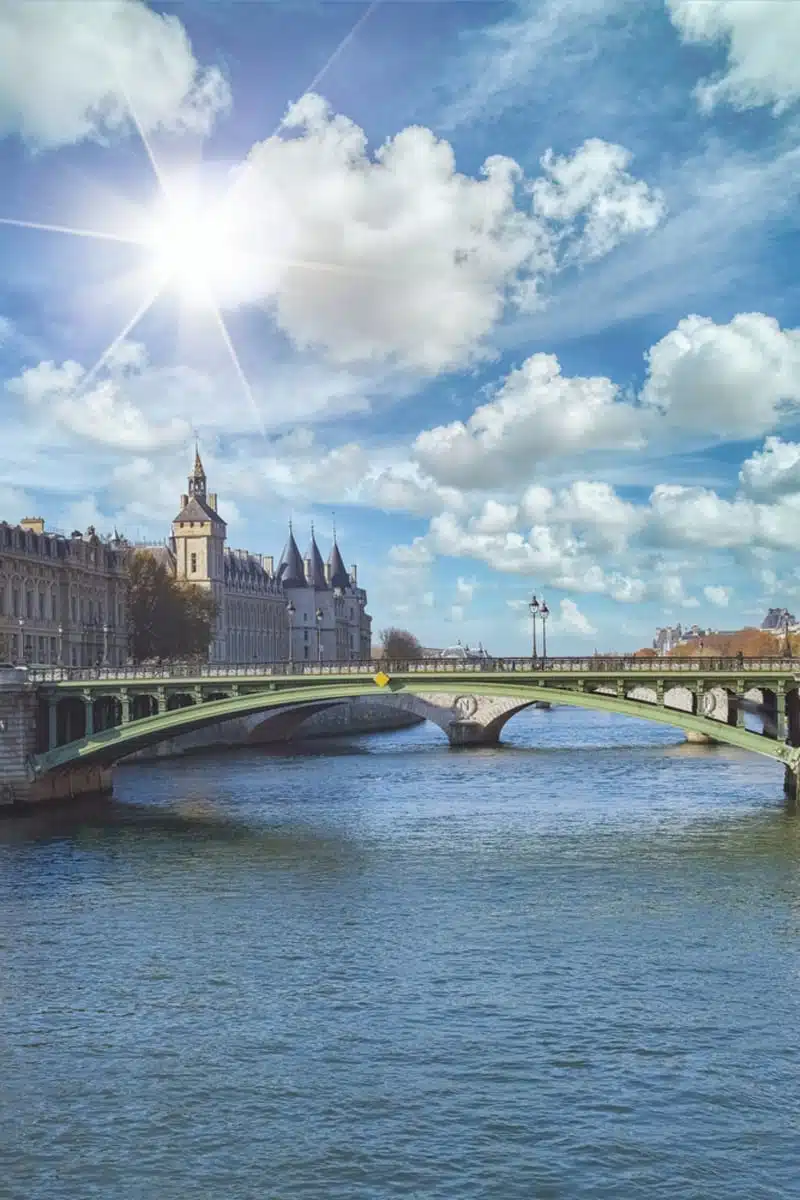
The Seine is Paris’ beating heart, so it figures that it’s flanked by some of the city’s icons. Do the names Notre-Dame, the Louvre or the Eiffel Tower mean anything to you? Thought so.
The banks of the Seine have witnessed the city’s historical evolution, with famous landmarks like the Eiffel Tower and Luxembourg Gardens on the Left Bank and the Place Vendôme on the right.
Classical Weimar, Germany
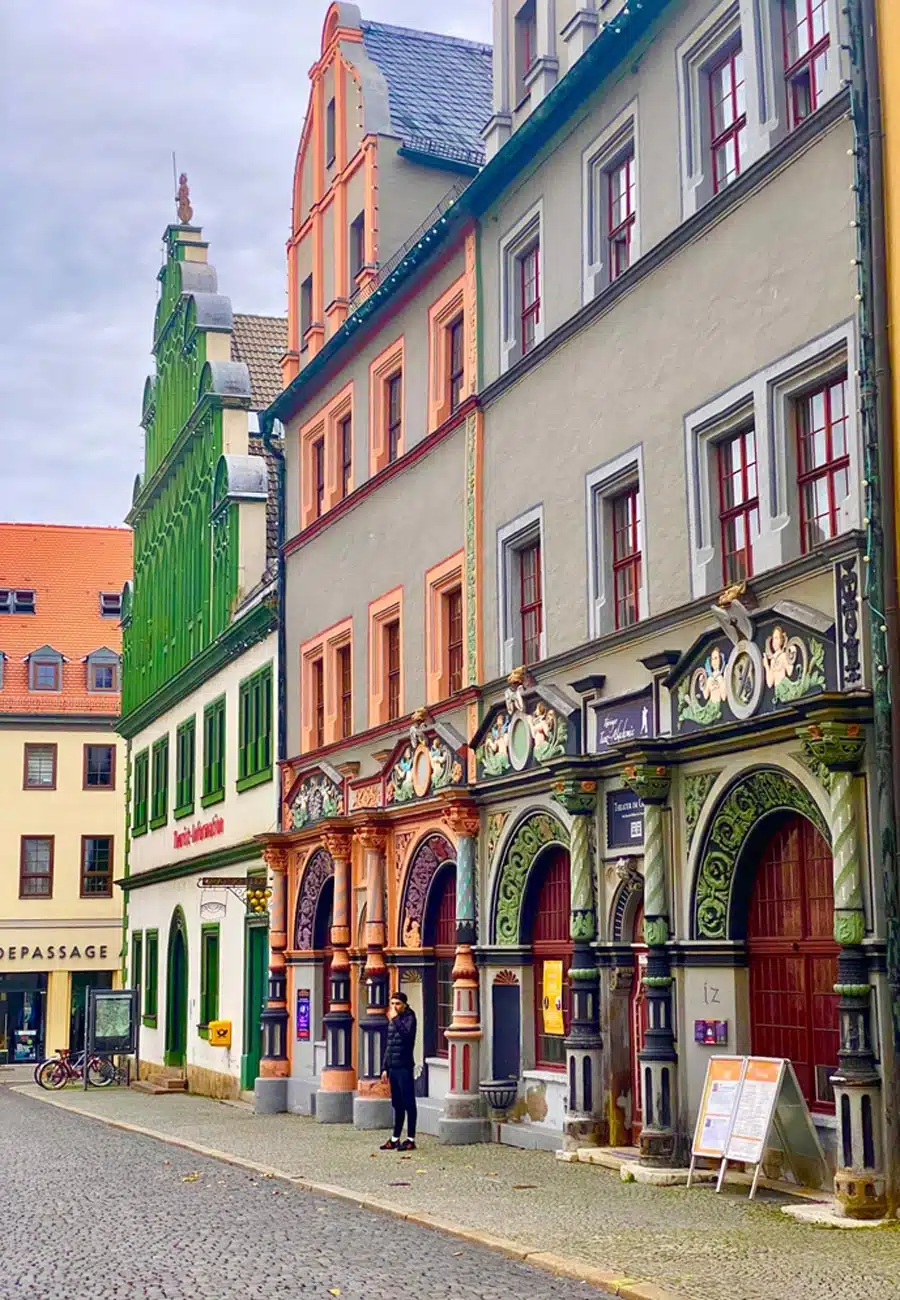
A nexus of intellectual enlightenment and cultural evolution, Classical Weimar encapsulates an era when literature, philosophy and the arts converged to shape modern Germany.
What’s now known as Classical Weimar features 11 designated UNESCO sites in Weimar, honouring the literary and academic history of the German city, which attracted luminaries such as Johann Wolfgang von Goethe, Friedrich Schiller, and Franz Liszt in its heyday.
The Baroque Goethe House, the beautiful green space of Park on the Ilm, and Gothic St. Peter and Paul are just a few of the tangible remnants of this iconic era.
Acropolis of Athens, Greece
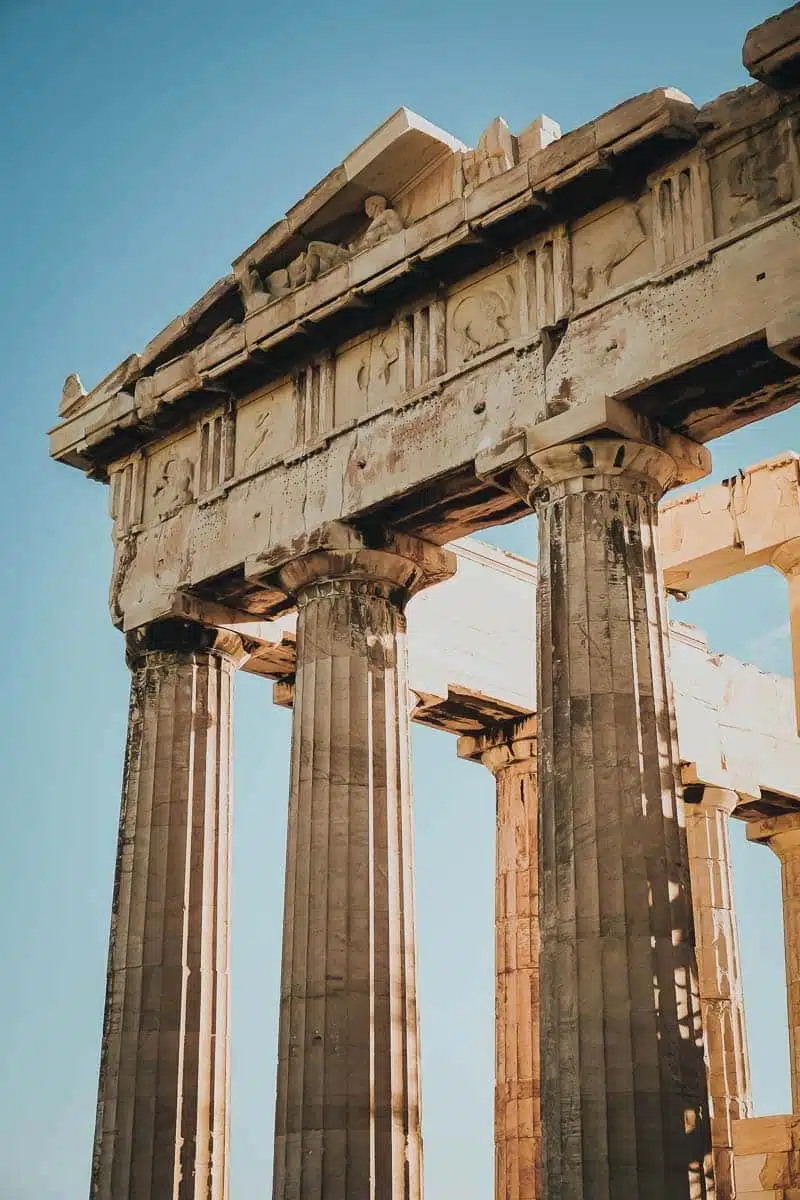
Keen to find UNESCO World Heritage Sites in Greece? The Acropolis of Athens is the best-known, perched high above Athens since the 5th Century.
The Acropolis is a monument to the glory of Ancient Greek civilisation – first envisioned when the city was at its political and cultural peak. No matter how many pictures you’ve seen, nothing quite prepares you for your first view of the Acropolis in real life.
The Parthenon is its most iconic structure – a striking combination of Doric columns and proportional perfection that’s dedicated to the goddess Athena. Other highlights include the Erechtheion, the Propylaea, and the Temple of Athena Nike – each one resonating with the tales of deities and heroes.
Ancient Delos, Greece
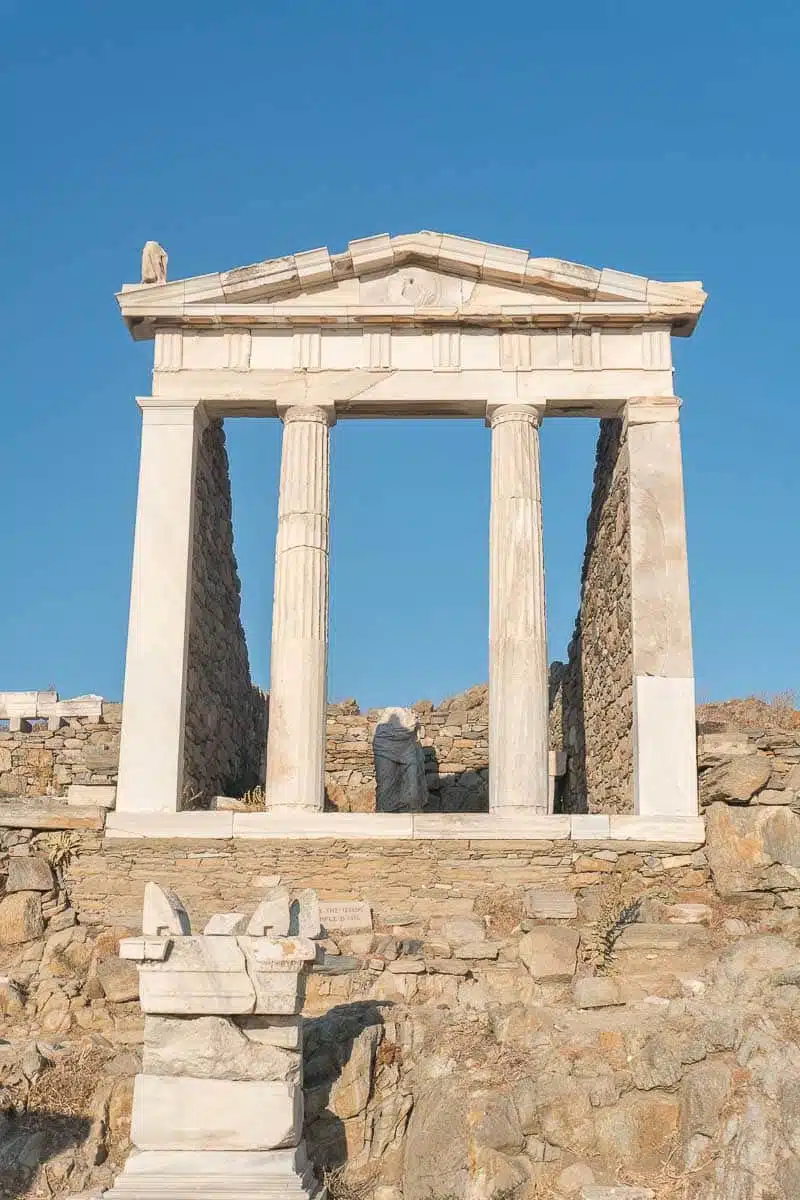
Rising out of the Aegean Sea, the uninhabited island of Delos is one of the lesser-visited Cyclades Islands that narrates the grandeur of Ancient Greece.
Revered as the mythical birthplace of Apollo and Artemis, Delos was a sacrosanct sanctuary that attracted pilgrims from across the region. It also evolved into a bustling port, a hub on various trade routes.
Today you can catch a glimpse of its ancient glories in a dense scattering of mosaics, ruins, statues and edifices, including the iconic Terrace of the Lions and the House of Dionysus.
Budapest, Hungary
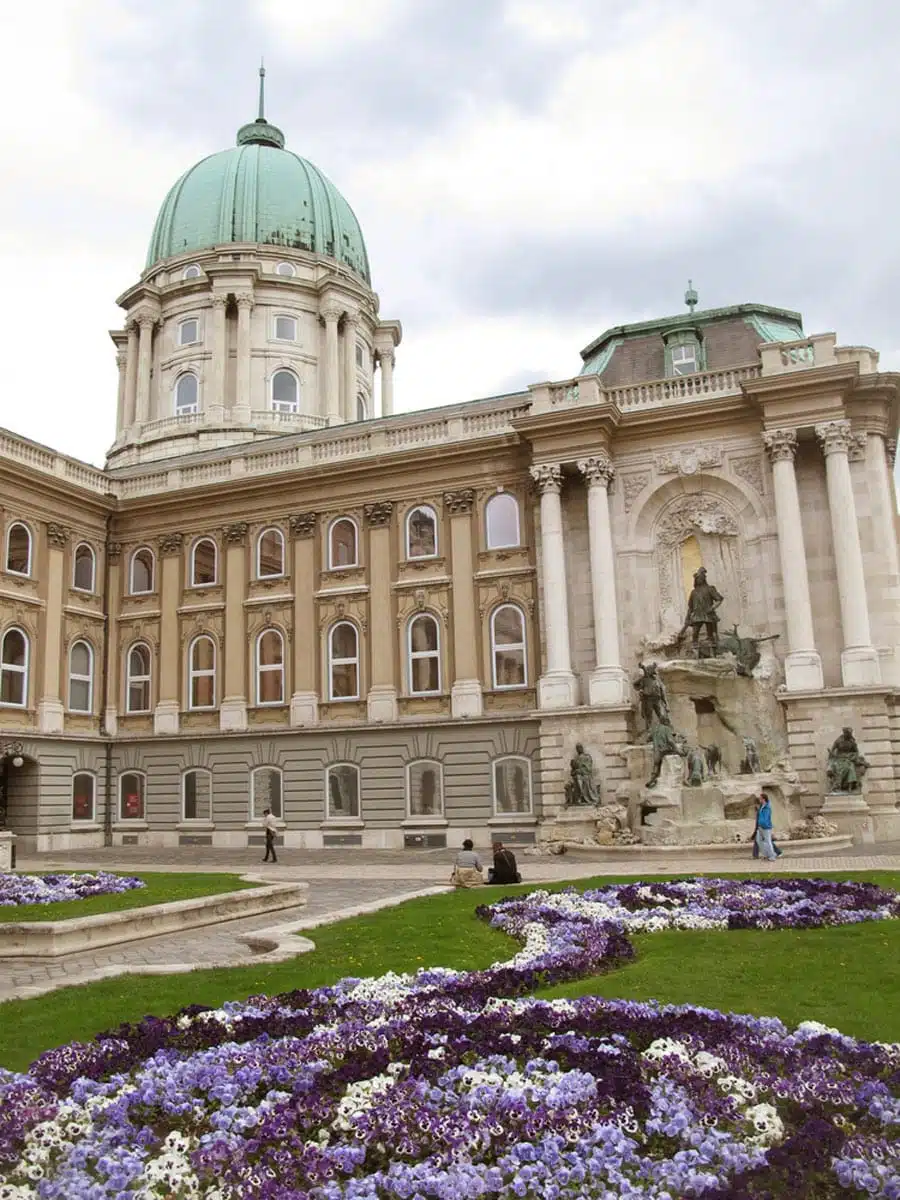
Divided by the Danube, the two cities of Buda and Pest joined together to become the Hungarian capital in the 19th century. It was awarded UNESCO World Heritage status in 1987. Much deserved.
Be sure to check out the Royal Palace (Királyi Palota), go wine tasting at Faust Wine Cellar and walk over the Chain Bridge to the other side of the Danube River.
Historic Centre of Florence, Italy
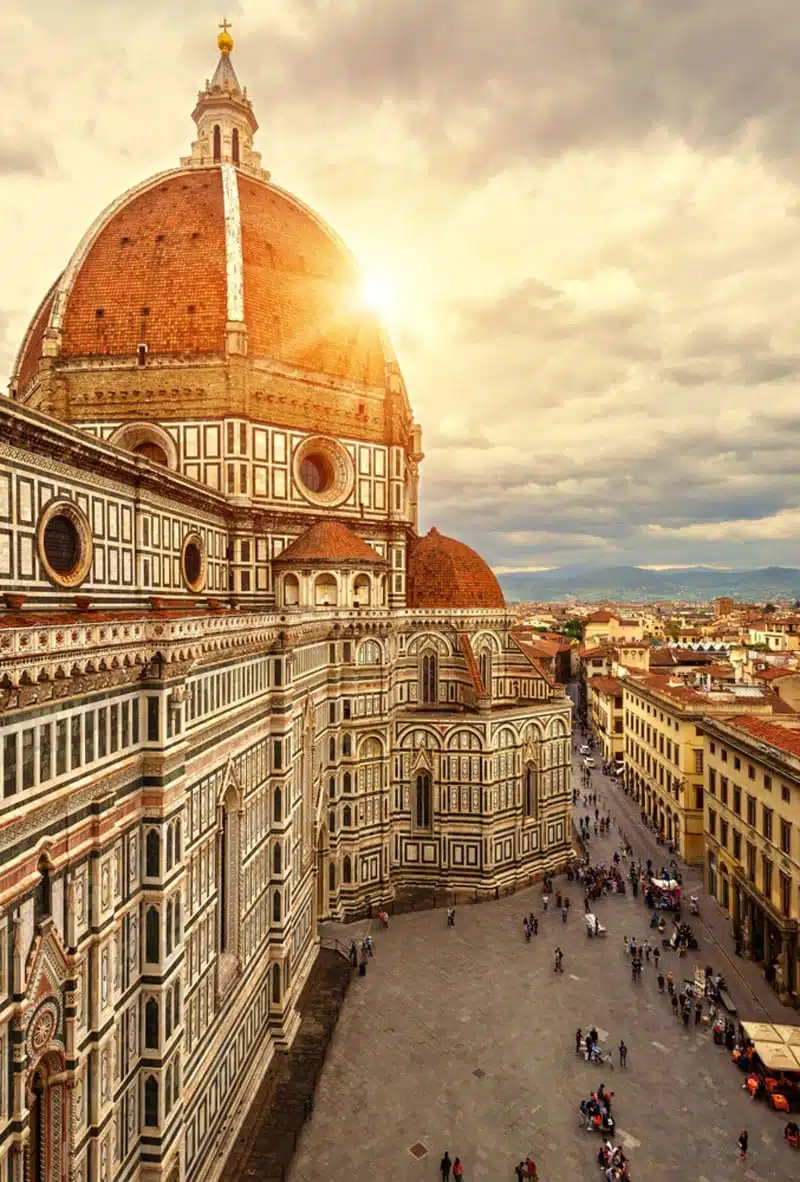
Is there a more romantic city than Florence? If there is, I’ll wait.
It’s not just romance though. The city that saw the birth of the Renaissance has held UNESCO Heritage status since 1982, in no small part thanks to the gorgeous 15th and 16th-century architecture dotted across its historic centre.
Landmarks such as the Uffizi Gallery, *that* iconic cathedral topped off with Brunelleschi’s dome and the Palazzo Vecchio underscore its artistic and architectural achievements. Throw in works by Michelangelo, Da Vinci and Botticelli for the icing on the cake.
Historic Centre of Rome, Italy
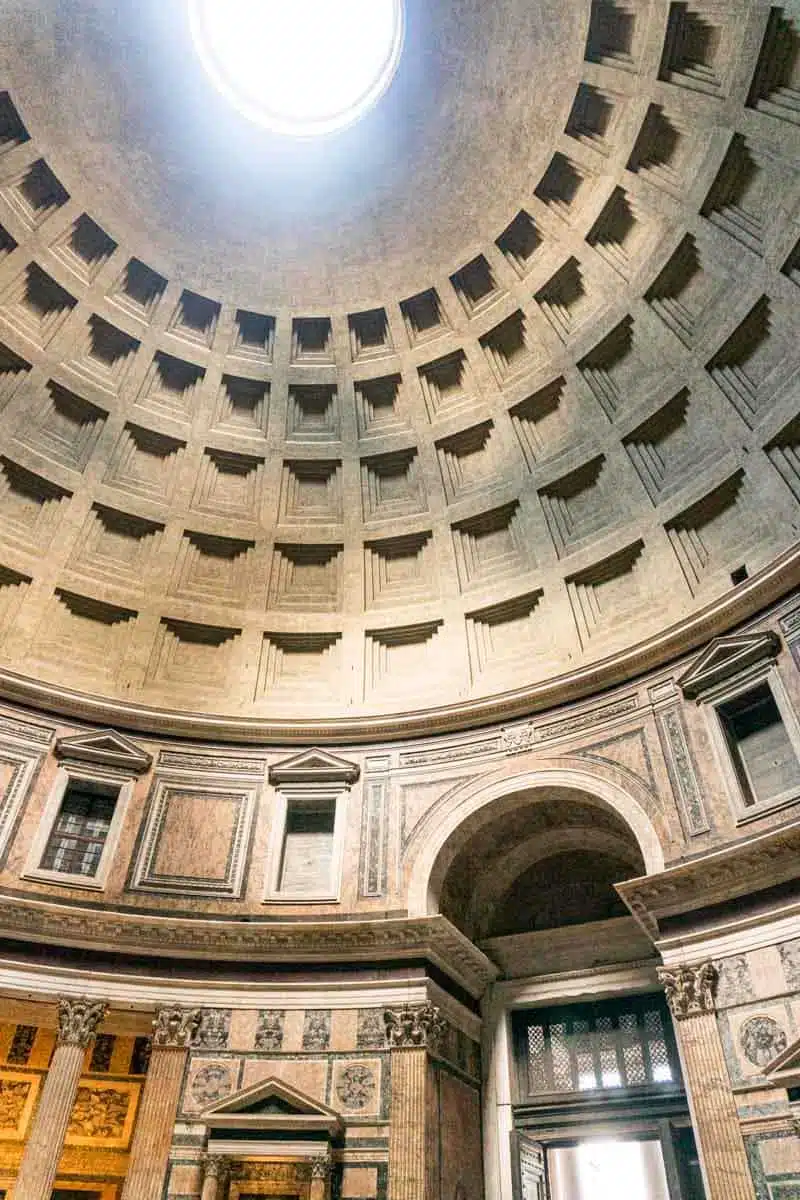
It’s a matter of icons only when it comes to Rome, Italy. Is it a surprise given that the city’s history spans over two millennia?
The chronicle of Western Civilisation boasts plentiful remnants of the Roman Empire including one of the Seven Wonders of the World, The Colosseum.
Next, check out the Panthéon, which features Ancient Greek architecture combined with 15th-century Renaissance decor inside, before stopping by the magnificent 18th-century Trevi Fountain and the glories of St Peter’s Basilica.
Canal Ring Area Amsterdam, Netherlands
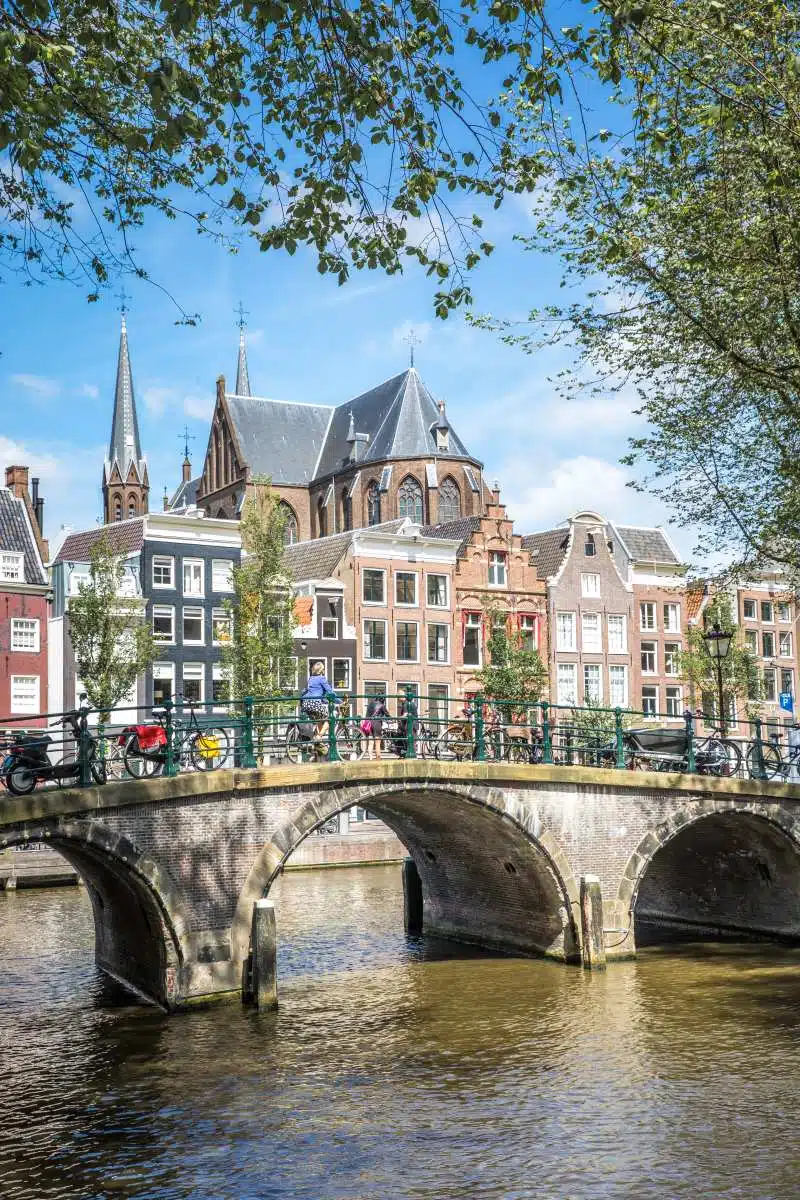
Expanding in the 17th century during the “Golden Age” of the Netherlands, Amsterdam’s Canal Ring is an engineering marvel in itself. Historic houses and picturesque bridges nestle between concentric waterways that were the dawn of a new urban planning model.
Spend time walking around and you’ll see significant historical sites like the Anne Frank House, Van Gogh Museum, and Our Lord in the Attic Museum.
Unsurprisingly, the best way to see it all is by hopping on a boat!
Alto Douro Wine Region, Portugal
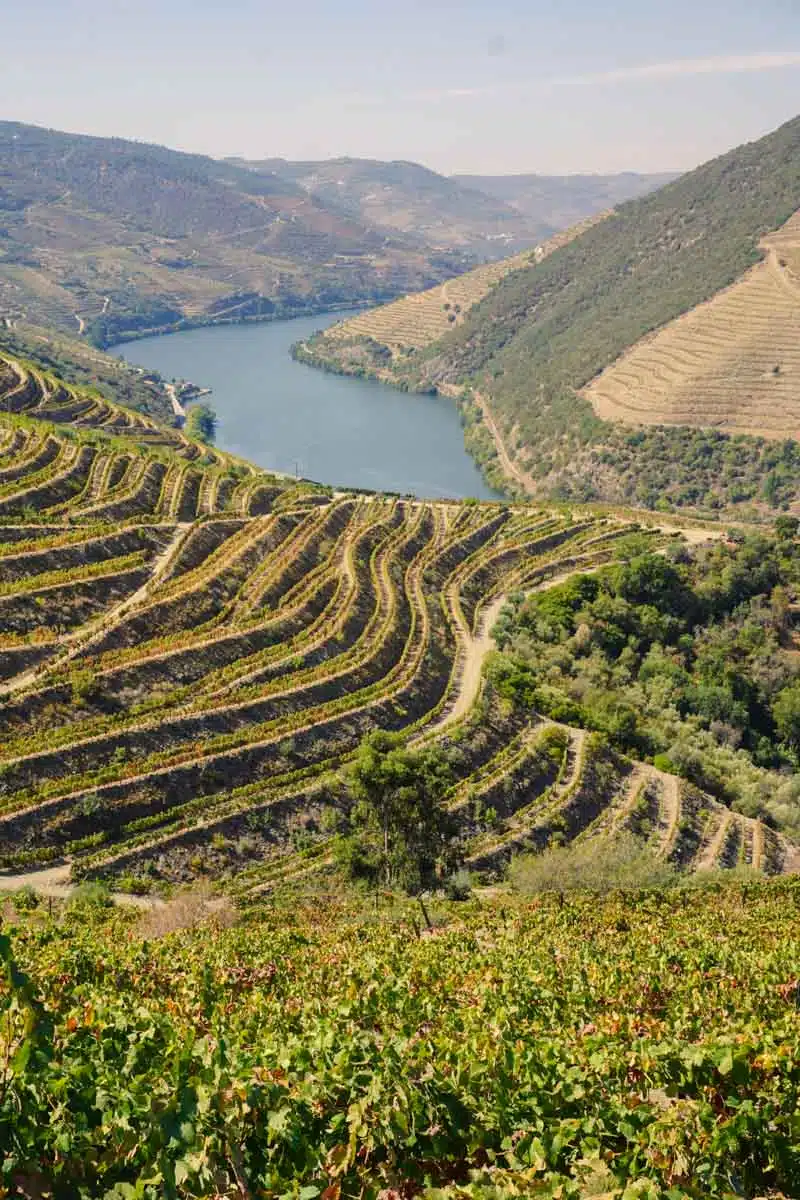
Tracing its wine-producing heritage back for more than 2,000 years, the Alto Douro’s terraced vineyards are one of Portugal’s most captivating UNESCO World Heritage Sites.
The region famously gave birth to Port wine, but more than this, the everchanging wine production process makes it a living landscape.
Learn the rich history and sample the delicious wines at Quinta de Santa Eufemia before hiking the scenic countryside at Parque Natural do Douro Internacional.
Jerónimos Monastery and Torre de Belém Lisbon, Portugal
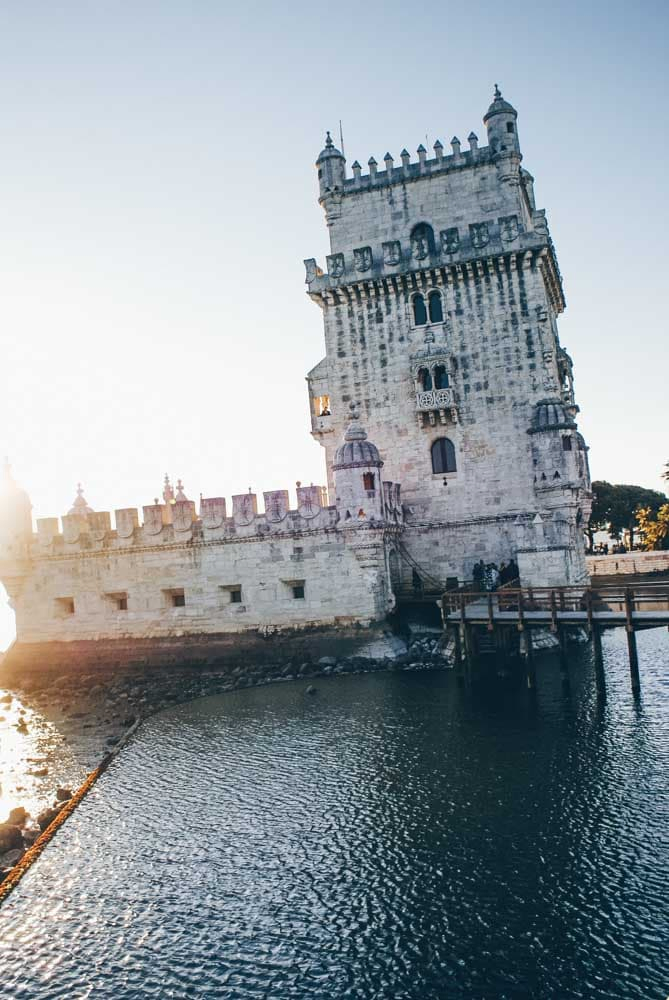
Standing guard at the mouth of the Tagus River in Lisbon, the Torre de Belém is a 16th-century castle emblematic of Portugal’s Age of Discoveries.
The nearby Jerónimos Monastery, is a crescendo of Manueline architecture – the elaborate style that flourished under King Manuel I (who also happens to be buried there).
This incredible display of architecture used local limestone used to carve pillars, sculptures, and intricate cloisters – all bearing maritime motifs – and which somehow withstood the devastating 18th-century earthquake in Lisbon.
Historic Centre of Saint Petersburg and Related Groups of Monuments, Russia
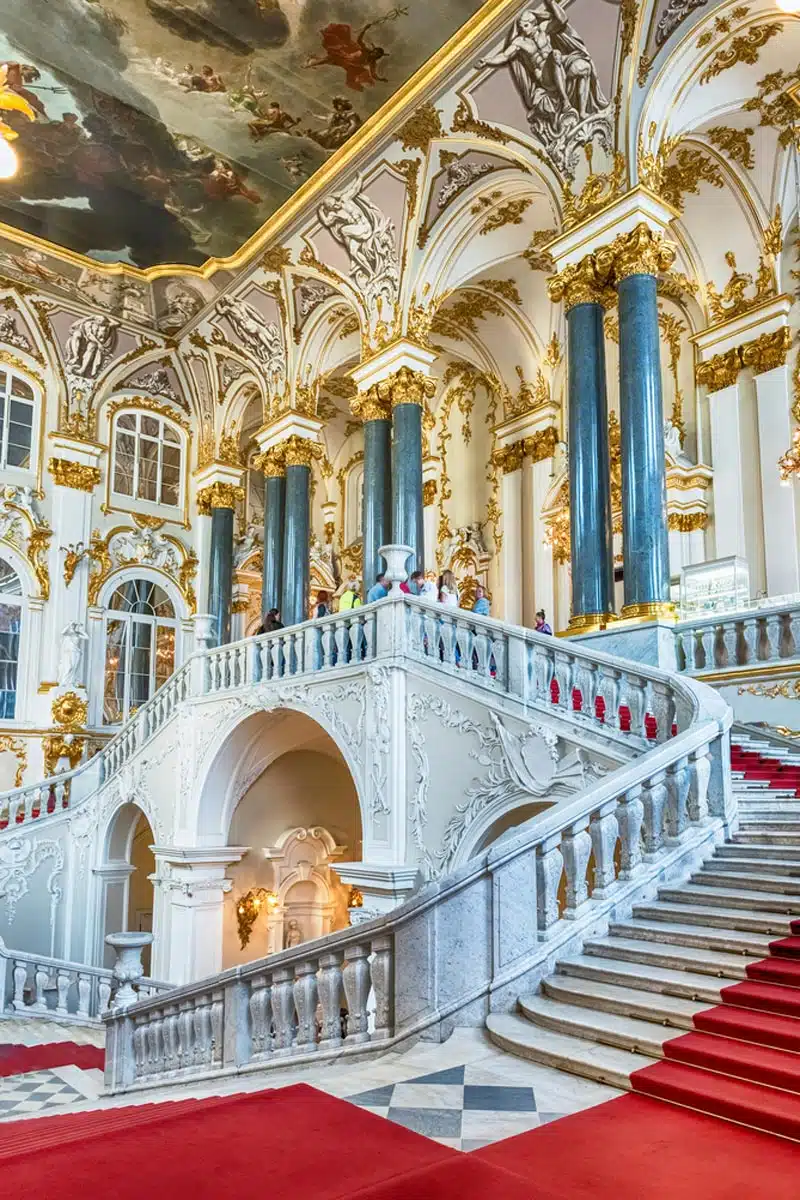
Peter the Great’s “Window to the West” was founded in 1703 – and showcases European architectural styles from the 18th to the 20th century within its reaches.
The Winter Palace, which is now part of the Hermitage Museum, displays global art treasures, while other landmarks such as the Fortress of Kronstadt on the port, the 19th century St. Isaac’s Cathedral, and the church of Savior on the Spilled Blood are world-famous for their bold architectural styles.
The Alhambra, Spain
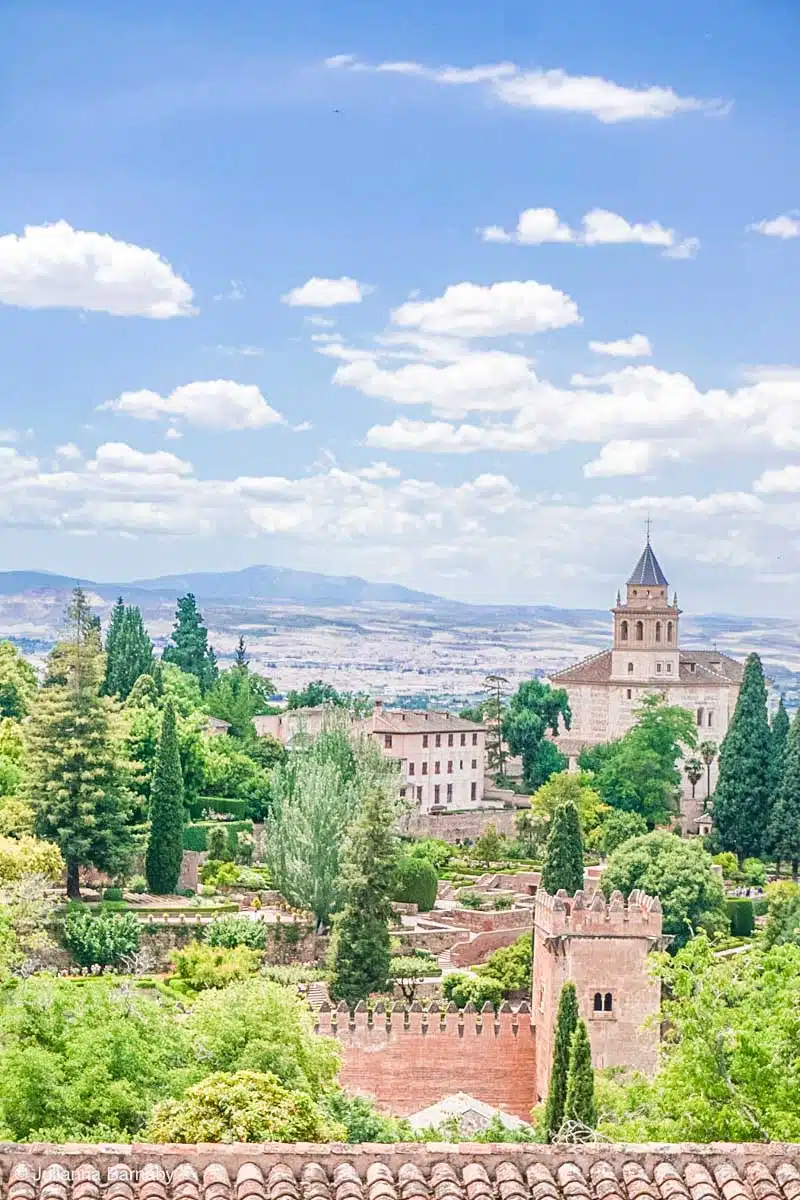
One of the most famous UNESCO Sites in Spain, the Alhambra is a marvellous Moorish architectural wonder dating back to the 13th century and another of my personal favourites.
Perched atop a hill overlooking Granada, the fortress evolved into a palatial city under the Nasrid Dynasty. Today, you’ll find a conglomeration of palaces with intricate stucco work, bubbling fountains and ornate azulejos (Portuguese tiles) that speak of the zenith of Muslim Spain.
Gaudi’s works in Barcelona, Spain
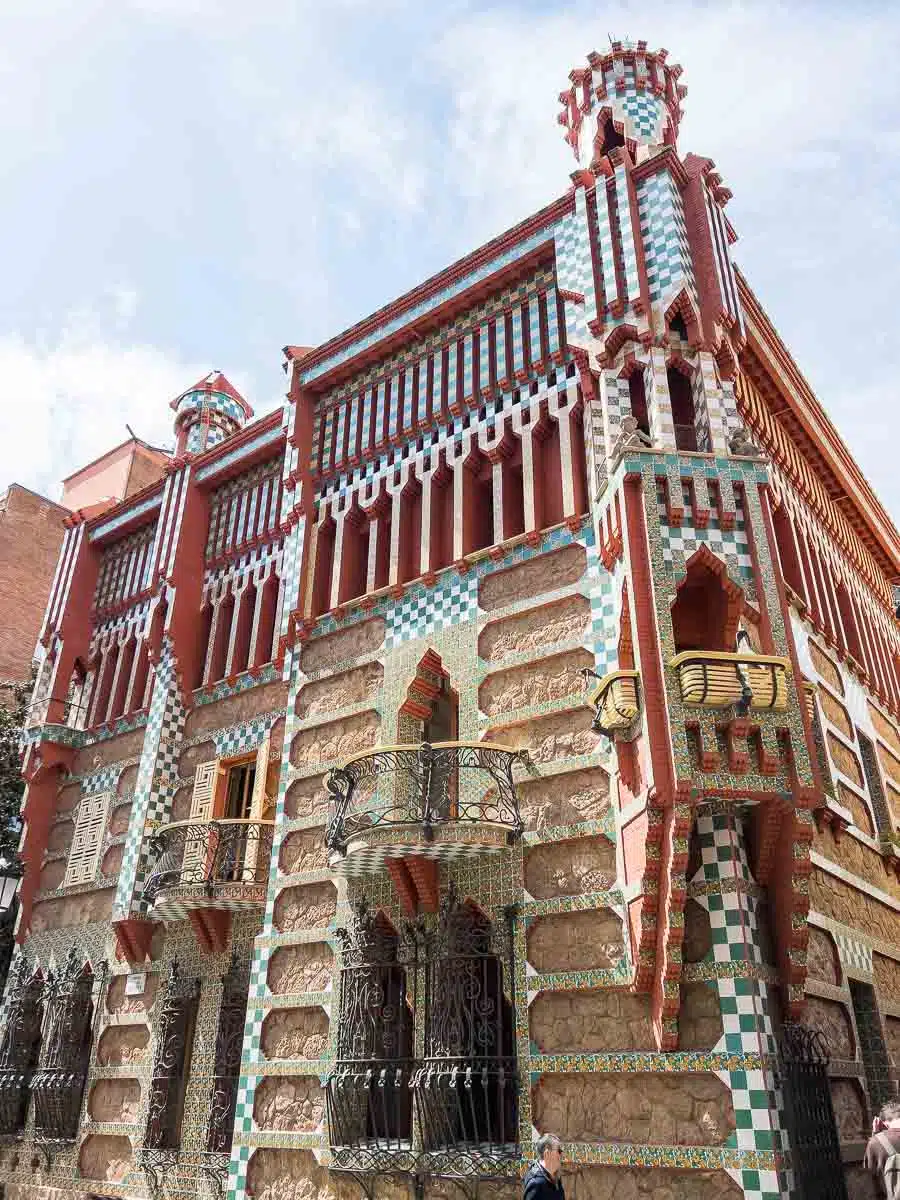
Barcelona and Gaudí go hand in hand. I’ve spent three months in Barcelona this year and am in awe of his creative tribute to Modernisme that’s strewn all over the city.
From the sinuous curves of Casa Batlló to the towering spires of the Sagrada Familia, while you can find over a dozen buildings and landmarks designed by the famous architect, seven of Gaudi’s works in Barcelona are designated as cultural heritage sites by UNESCO.
What better way to spend your time in the city than tracing the evolution of the architect’s whimsical genius?
Bath, United Kingdom

The compact city of Bath in England flourished as a spa town in the 18th century, forming the setting for many a Jane Austen novel but its important spa heritage goes back much further than that.
It’s home to Ancient Roman Baths dating back to 70 AD, which you can still visit today. Elsewhere, the grandiose Georgian architecture of the Royal Crescent reflects the city’s important social status during the era.
Palace of Westminster & Westminster Abbey, United Kingdom
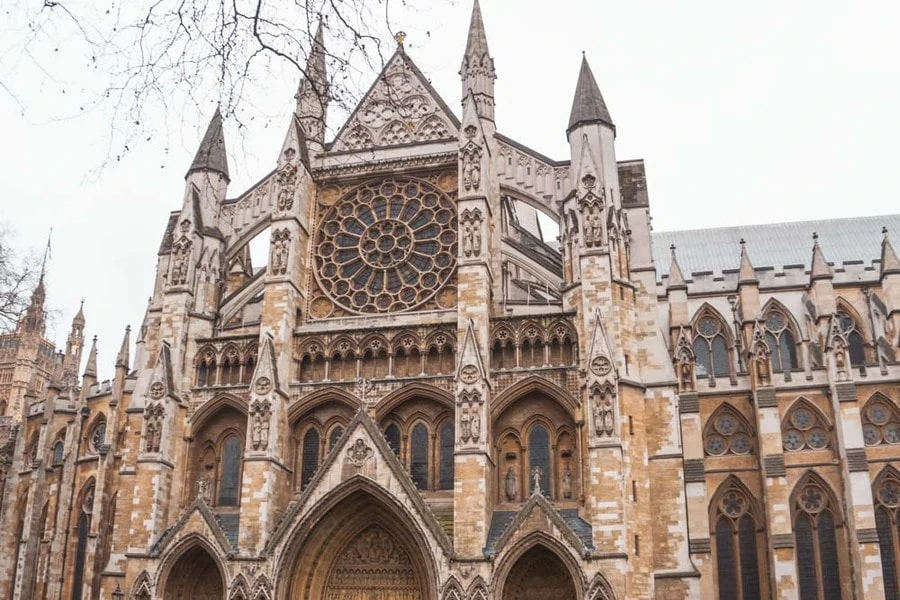
Two of the most historic landmarks in London, the Palace of Westminster & Westminster Abbey, are the heart of British monarchy and democracy.
Westminster Abbey is the nexus of Royal coronations, weddings and funerals, while the adjacent Palace of Westminster (along with the world-famous Elizabeth Tower, better known as Big Ben) sets the scene for the Houses of Parliament.
The Lake District, United Kingdom
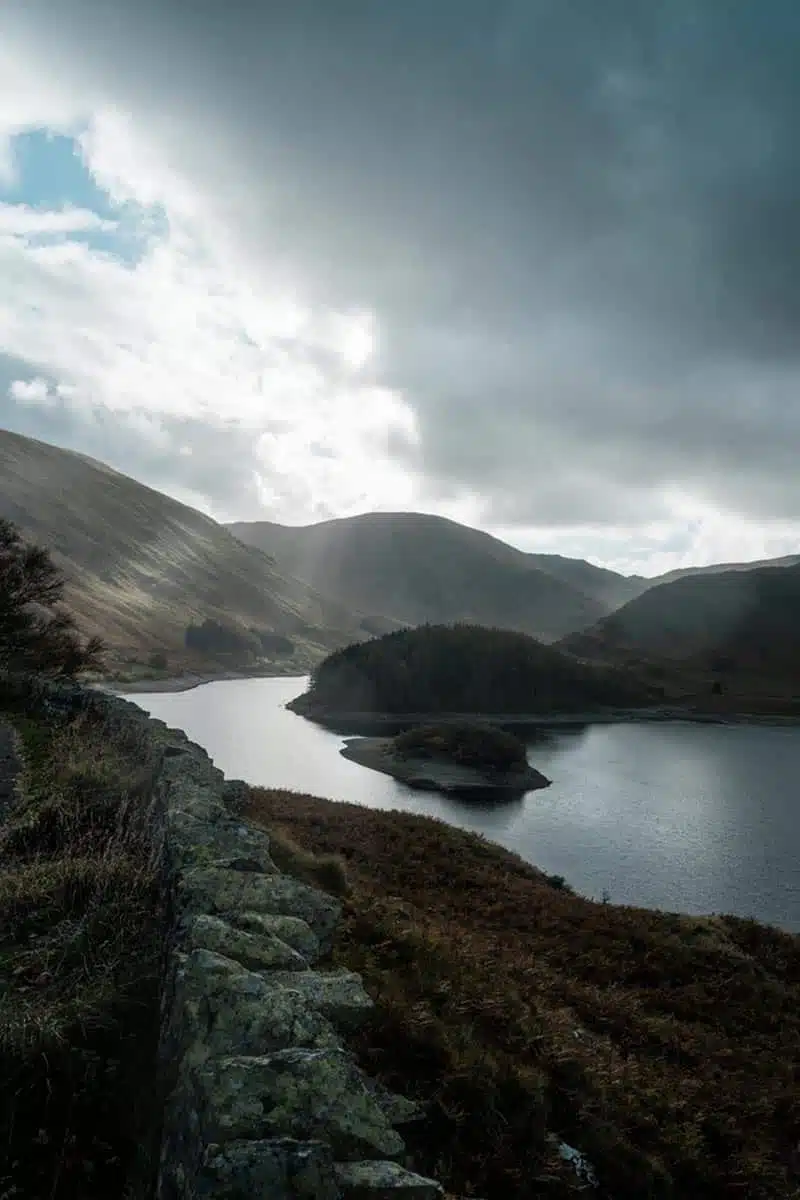
Sitting serenely in Cumbria in the north-west of England, The Lake District is a UNESCO site of glacially-sculpted valleys, shimmering lakes and vertiginous peaks. Quite frankly, it’s beautiful and you should spare the time to visit it when you’re in the UK if you can.
Little wonder that it has inspired countless British poets including William Wordsworth and Samuel Taylor Coleridge.
Their legacy penetrates the region – visit the former homes of literary giants including Wordsworth, Beatrix Potter, and John Ruskin.
Beyond this, the district chronicles centuries-old traditions – you can still find Herdwick Sheep farmed here much in the way they were in times past. Go for a long hike, or several.
UNESCO World Heritage Sites in Oceania
Great Barrier Reef, Australia
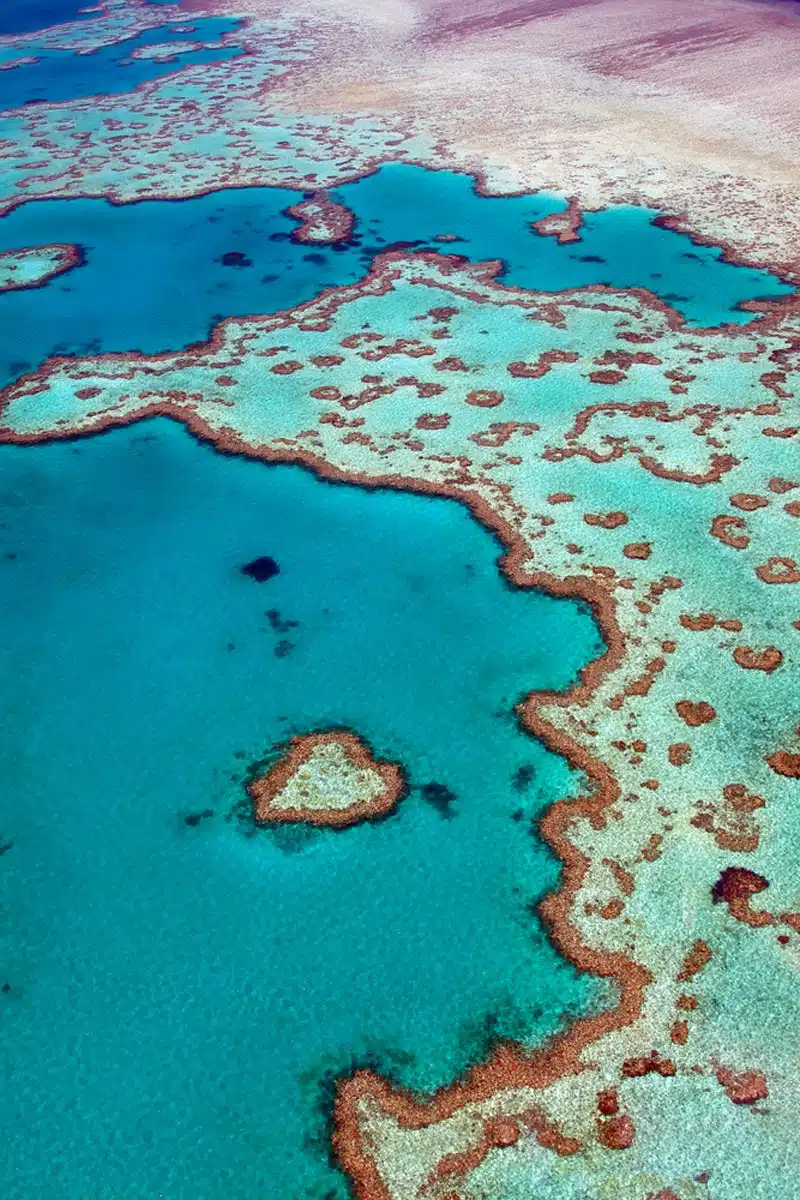
Situated off the coast of Queensland, nearly 3,000 individual reefs spanning 900 islands make up one of the greatest underwater UNESCO heritage sites anywhere in the world – The Great Barrier Reef.
Vibrant, intricate and teeming with coral of all colours, it’s a unique habitat for an array of marine life including sea turtles, sharks, whales and dolphins. Think of it as a marine mosaic of biodiversity.
Uluru, Australia
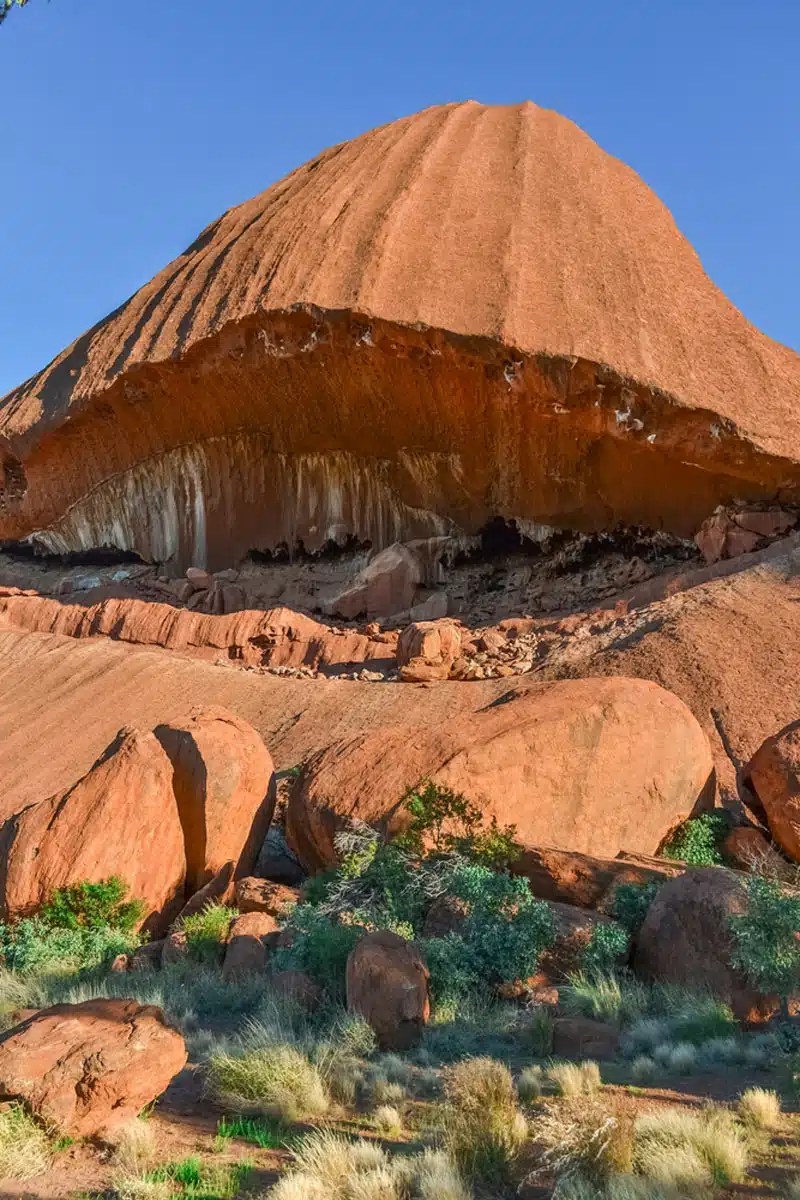
Looming tall in Australia’s arid heart, Uluru is one of the most famous UNESCO World Heritage Sites in Australia. The massive sandstone formation towers 350 metres into the sky, one of the oldest known rocks on the planet at over 550 million years old.
Seeing it change from fiery red at the break of day to deep purple in the last evening light would be reason enough to visit, but the site is revered by the indigenous Anangu people, the rock swirls with ancient stories and spiritual significance. Go with a local guide for a greater understanding of its cultural importance
UNESCO World Heritage Sites in the Middle East
Old City of Jerusalem, Israel
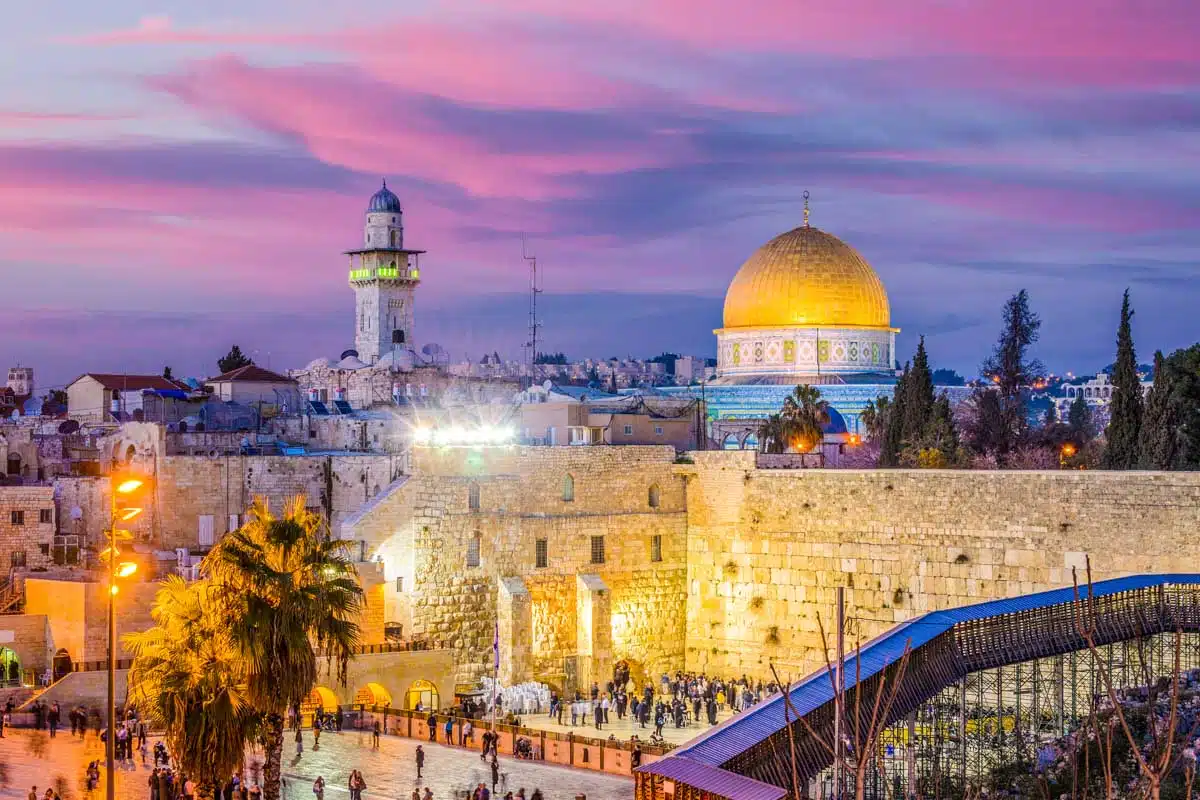
Stepped in millennia of religious history, The Old City of Jerusalem is the place where Islam, Judaism, and Christianity converge in a tale of faith, conflict and coexistence. The city’s maze of alleys reverberate with prayers echoing from the stone walls.
Famous landmarks include the Western Wall (Buraq Wall), the Dome of the Rock, Christ’s Tomb at the Church of the Holy Sepulchre, Temple Mount and the Tower of David.
Petra, Jordan

Often dubbed the “Rose City ” thanks to its pink-hued rock, the iconic UNESCO wonder of Petra is an archaeological and historical marvel. The former capital of the Nabataean Kingdom dates back to 300 BC. Yeah, that long ago.
Incredible archeological sites like The Treasury (home to ancient treasure from a Pharaoh?!) and The Monastery are carved directly into the rose-red cliffs, while engineering feats such as the intricate water conduits speak to the sheer skill of the Nabateans’ architectural prowess.
Göreme National Park and the Rock Sites of Cappadocia, Turkey

Is this a landscape straight out of a dream? You’d be forgiven for thinking the penetrating landscape of Cappadocia’s rocky wonders and cave dwellings are from the surface of the moon rather than a unique example of natural scenery and human adaptability.
Explore the ancient villages, hoodoos, and fairy chimneys at Cappadocia and Göreme National Park – peeking at the churches and frescoes carved by early Christians into the rocks.
Float up into the air on a hot air balloon tour to appreciate the full scale of the rock formations and valleys below.
UNESCO World Heritage Sites in North America
Canadian Rocky Mountain Parks, Canada
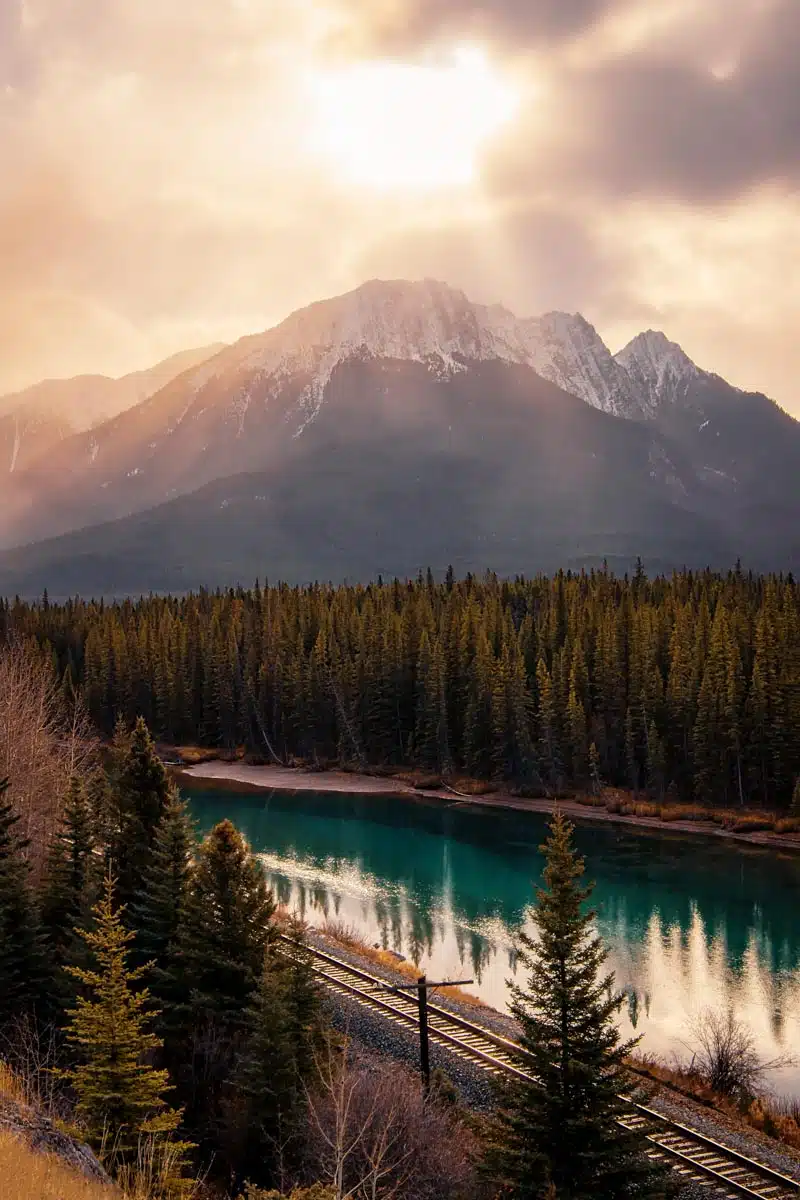
Want to visit a natural landmark that’s so gorgeous it’s officially a UNESCO World Heritage Site? Head one of the UNESCO parks in the Canadian Rockies.
I’ve written guides on Jasper and Banff, but the smaller national parks Yoho and Hamber Provincial Park also showcase dramatic natural landscapes and incredible wildlife viewing opportunities.
Real talk: watch out for the Grizzlies.
Historic Centre of Oaxaca, Mexico
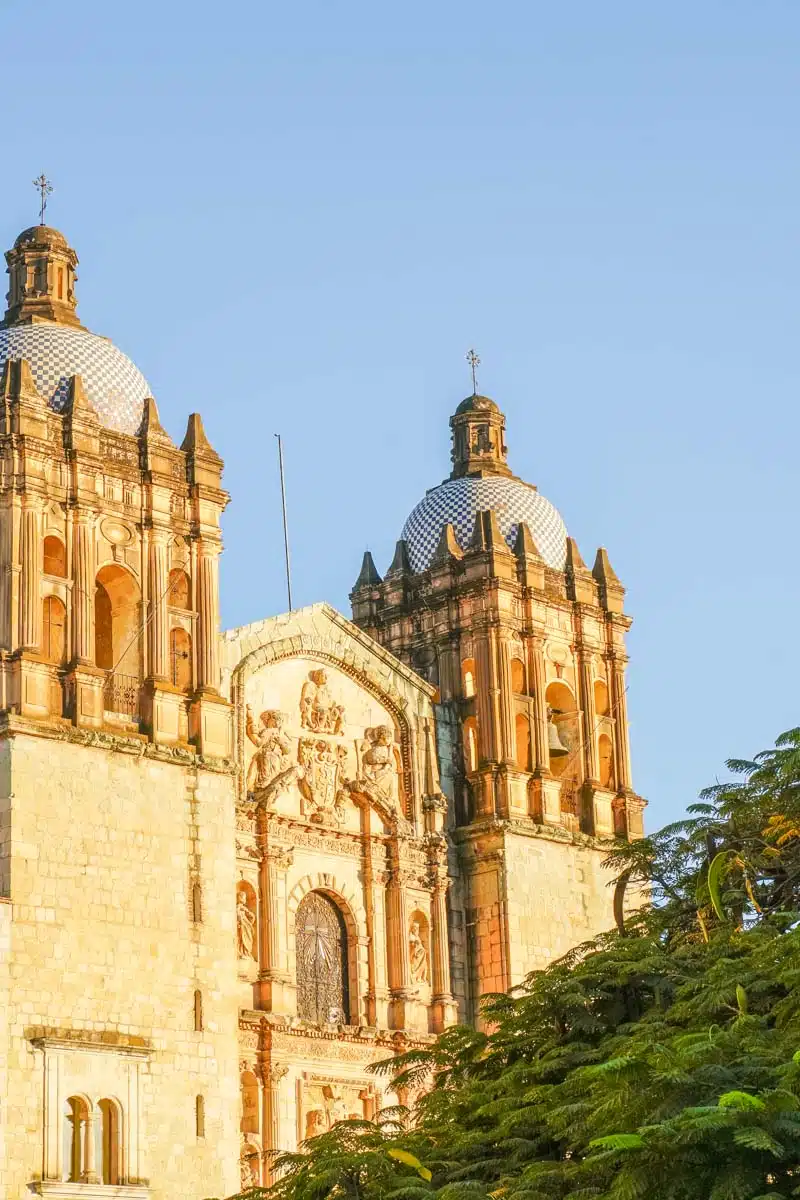
Established in 1532, the historic centre of Oaxaca in Mexico is a confluence of pre-Columbian, colonial and modern Mexican heritage.
Take a stroll around to see Baroque architecture like Templo de Santo Domingo de Guzmán, cultural institutions like the Oaxaca Street Market and the nearby Zapotec landmark Zona Arqueológica de Monte Albán – together they form part of the rich tapestry of Oaxacan culture.
Grand Canyon National Park, United States
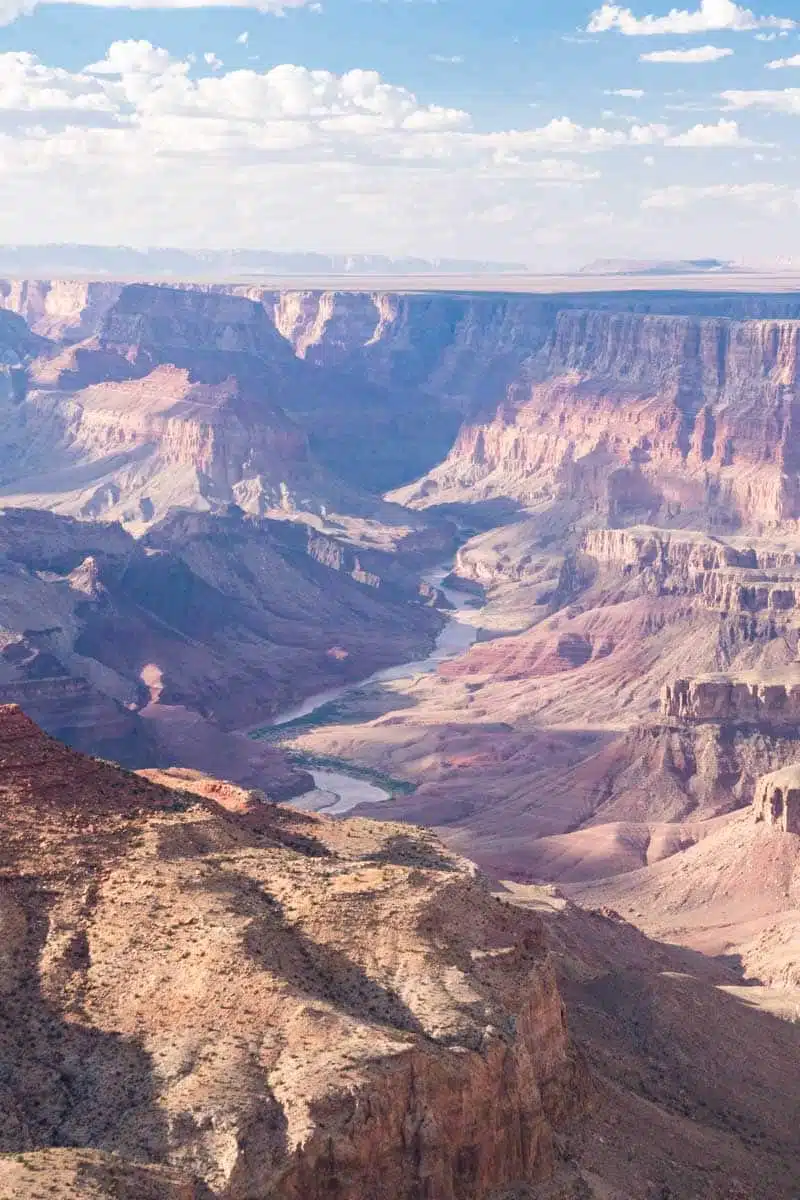
Looking for UNESCO World Heritage Sites in the USA? Grand Canyon National Park is one of my favourite places to spend time in the great outdoors anywhere in the world.
The colossal chasm formed by the Colorado River, it’s a geographical spectacle with layers of red rock telling the story of the gradual erosion of millions of years to create the landmark you see today.
Drive around the East Rim and stop at Desert View Watchtower to see the 70 million-year-old canyon etched in the Arizona wilderness from an incredible vantage point.
Yosemite National Park, United States
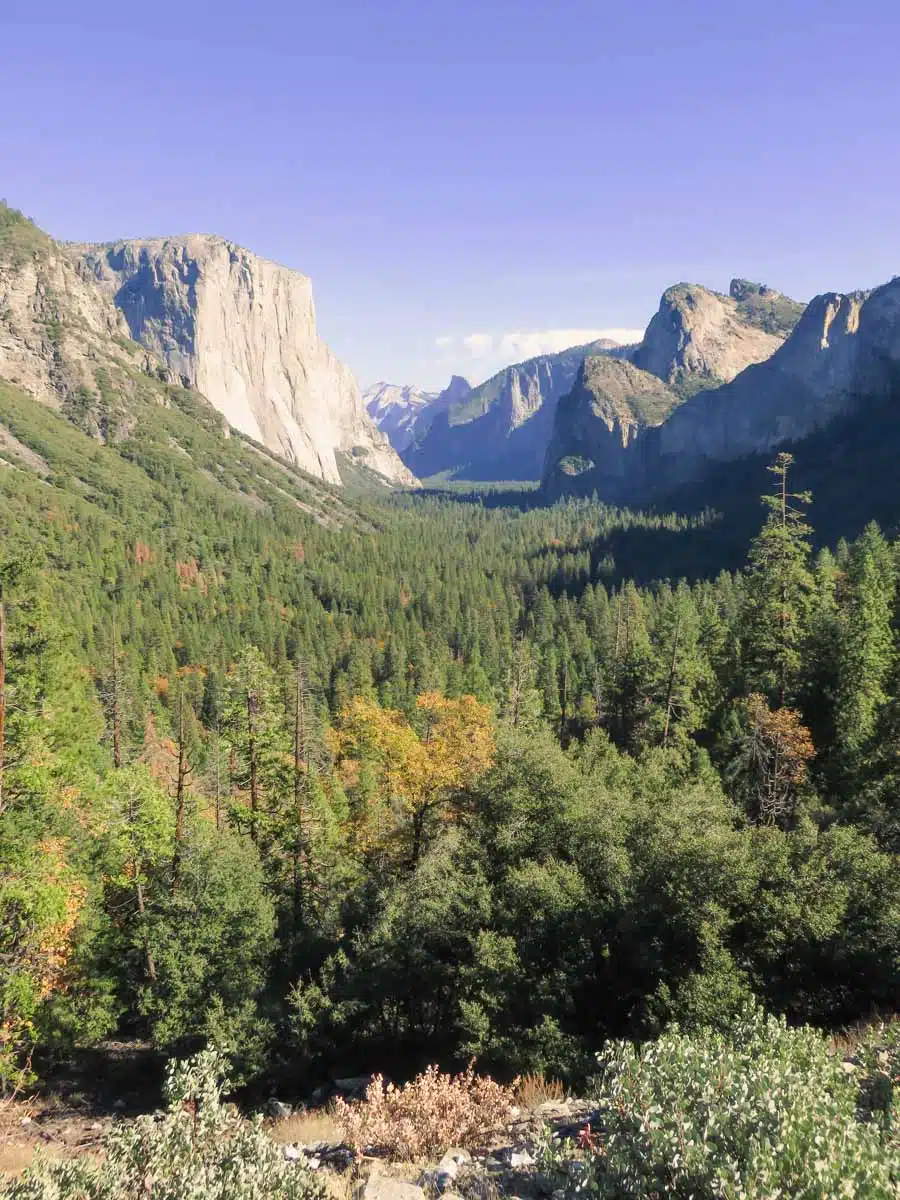
Yosemite National Park is another US national park that UNESCO deemed an important world heritage site – venture there and you will surely see why.
Iconic granite cliffs, tumbling waterfalls, giant sequoia groves – Yosemite has it all. This is the American wilderness – providing countless inspiration for artists such as Ansel Adams.
The massive granite wall of El Capitan, the fire falls of Horsetail Fall, and the massive half dome are all unique attributes of this stunning California UNESCO site you need to see to believe.
UNESCO World Heritage Sites in Central America & The Caribbean
Antigua, Guatemala
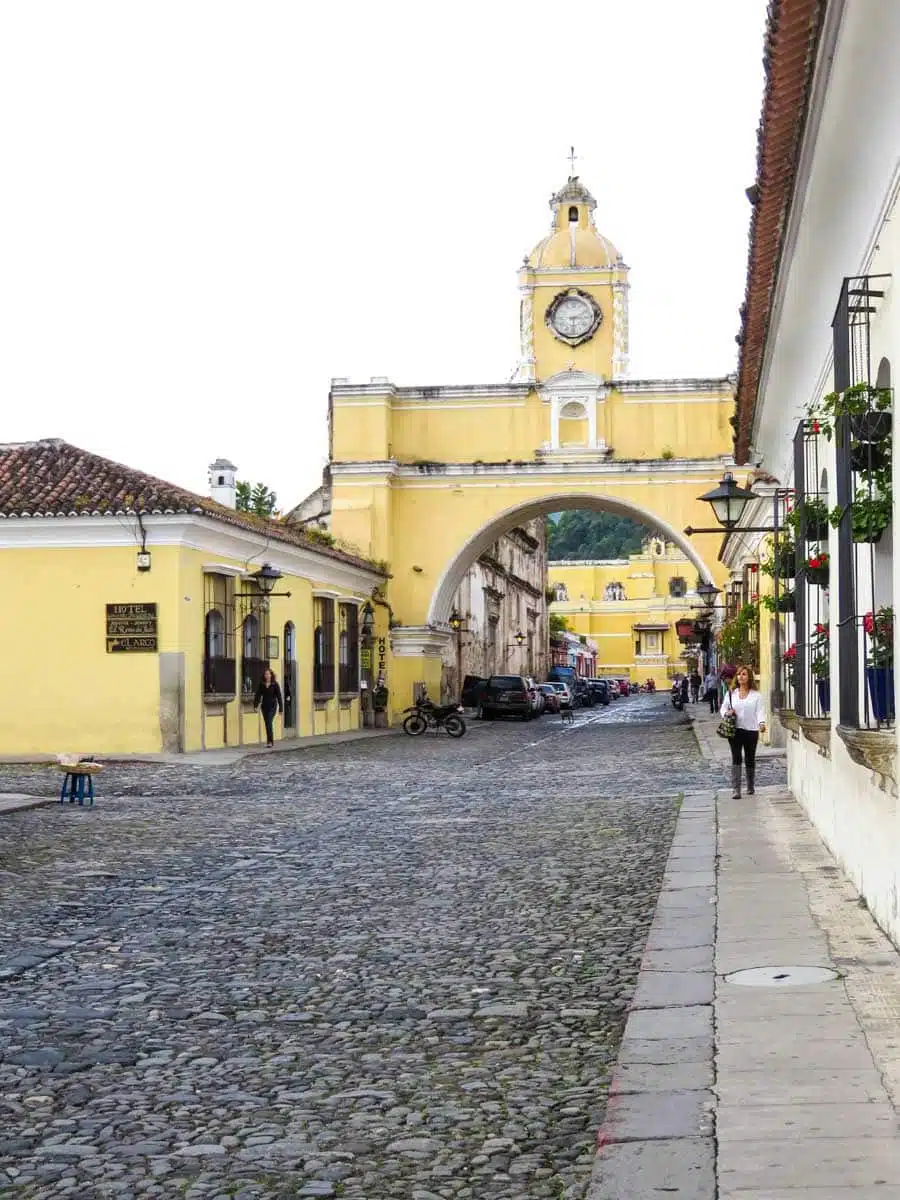
Sitting in the shadow of volcanic peaks, Antigua is an ancient colonial city in Guatemala. It served as the former capital of the Kingdom of Guatemala for over two centuries after it was founded in the 16th century.
During this time, the city flourished, with buildings like Casa de la Moneda and Convento Capuchinas being amazing examples of colonial Spanish architecture.
Repeated earthquakes led to the city’s decline, culminating in the transfer of the capital to present-day Guatemala City.
Today, Antigua is a sleepy, lovable spot to while away a few days – with vibrant markets, festivals and traditions spanning Spanish and indigenous influences.
Copan Ruinas, Honduras
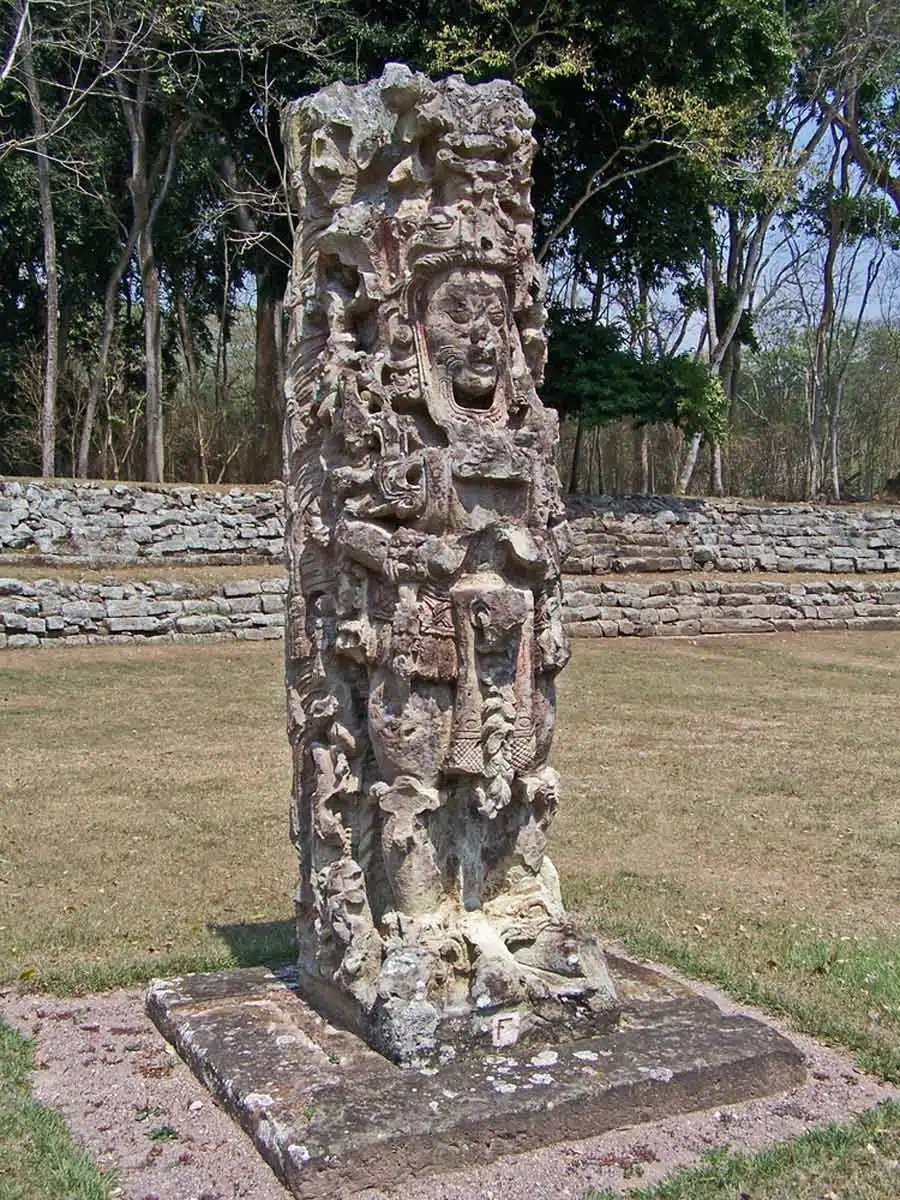
The iconic hieroglyphic staircase of Copan is an appropriate symbol for what was a significant Mayan city ruling over a vast kingdom between the 5th and 9th centuries.
Peek into the architecture, whose carvings provide insights into Mayan rituals, politics and daily life.
UNESCO World Heritage Sites in South America
Iguazú National Park, Argentina and Brazil
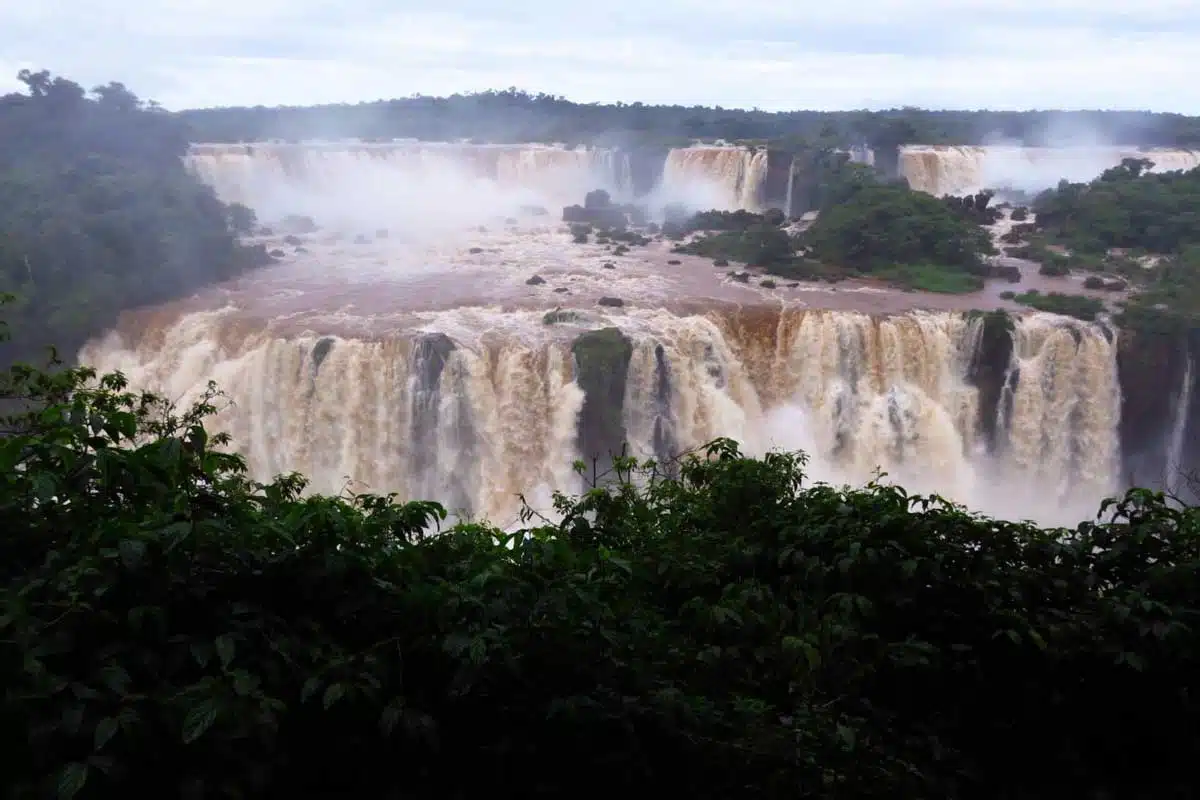
Nestled along the border of Argentina and Brazil, Iguazú National Park is home to the incredible Iguazú Falls (or Foz do Iguaçu in Portuguese).
The iconic cascades stretch over 1.5 miles wide with over 275 falls of which the tallest, the Devil’s Throat (the tallest waterfall) drops an impressive 82 metres in a thunderous roar.
Dense jungle flourishes in the waterfall’s thick cloud of mist, home to numerous rare rainforest species like jaguars, pumas, and giant anteaters.
Paraty & Ilha Grande, Brazil
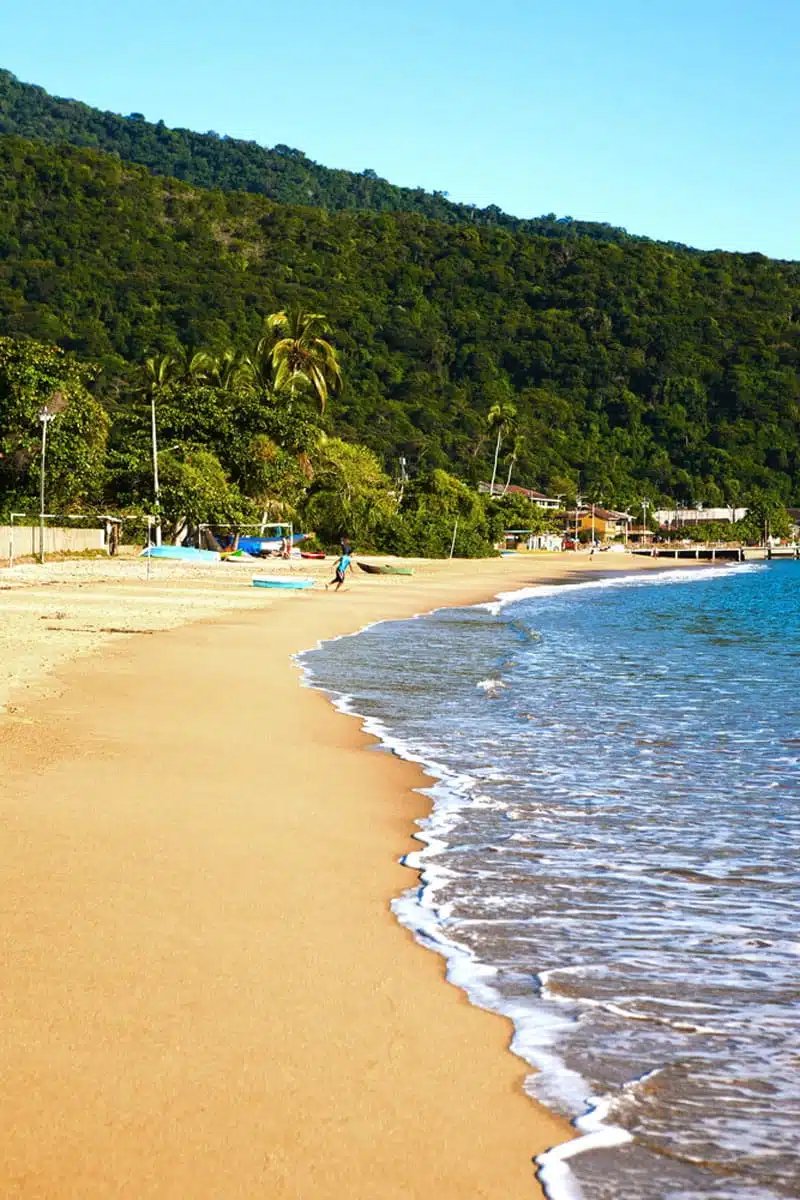
Brazil’s coastline is home to two more recent UNESCO World Heritage Sites: Paraty & Ilha Grande.
They’re actually two separate places. Venture to see the colonial architecture and picture-perfect beaches of Paraty whose cobblestoned streets and baroque churches recall the era of Portuguese rule.
Nearby, the absolutely stunning island of Ilha Grande is an enclave of pristine Atlantic rainforests, endemic species and untouched beaches. Sounds a bit like heaven? It is.
Rapa Nui National Park, Chile
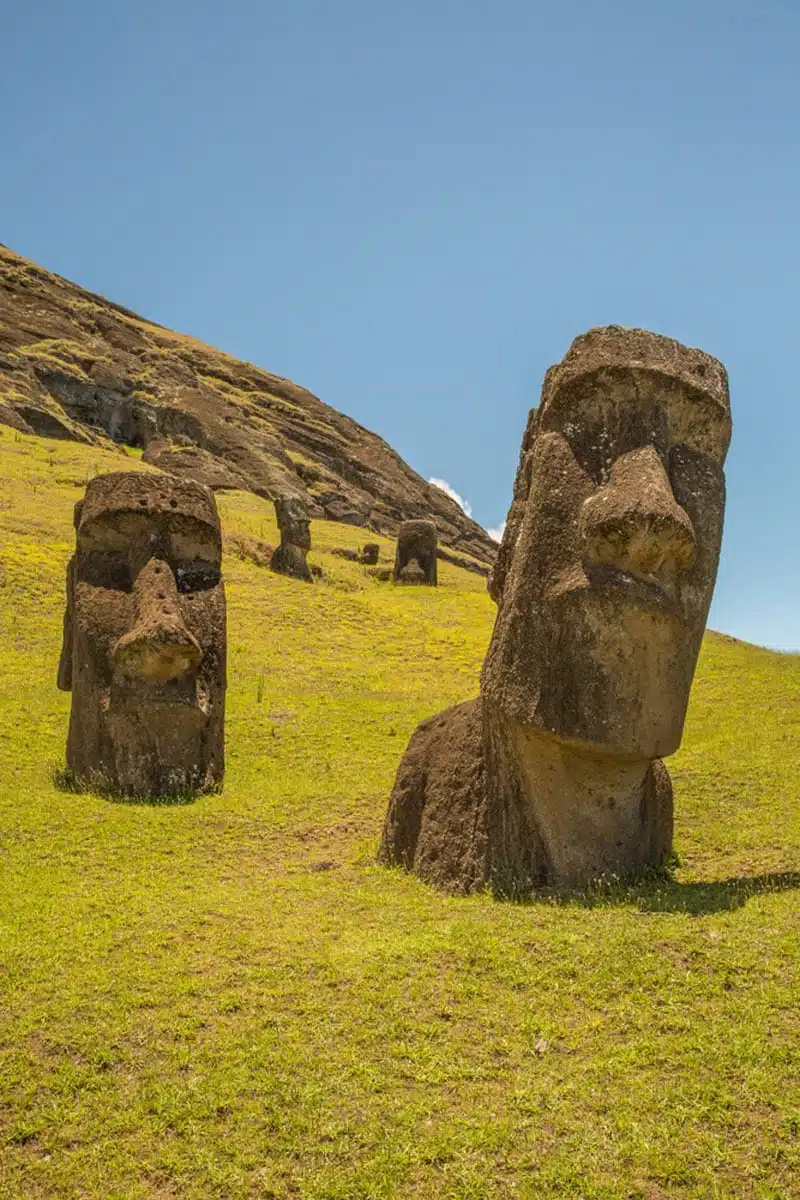
I LOVE Chile. I’ve been there several times and plan to go back again to see more. Rapa Nui National Park is one of the most amazing cultural landmarks I can’t wait to explore.
OK, so Rapa Nui National Park is actually in an isolated spot in the Pacific about 5 hours away from Chile’s mainland by plane on Easter Island.
The nearly 900 Moai (large stone carvings from hardened volcanic ash) are a stunning UNESCO site off Chile and one of the world’s great mysteries.
No one knows quite where they came from or what their purpose was.
Historic Quarter of the Seaport City of Valparaiso, Chile
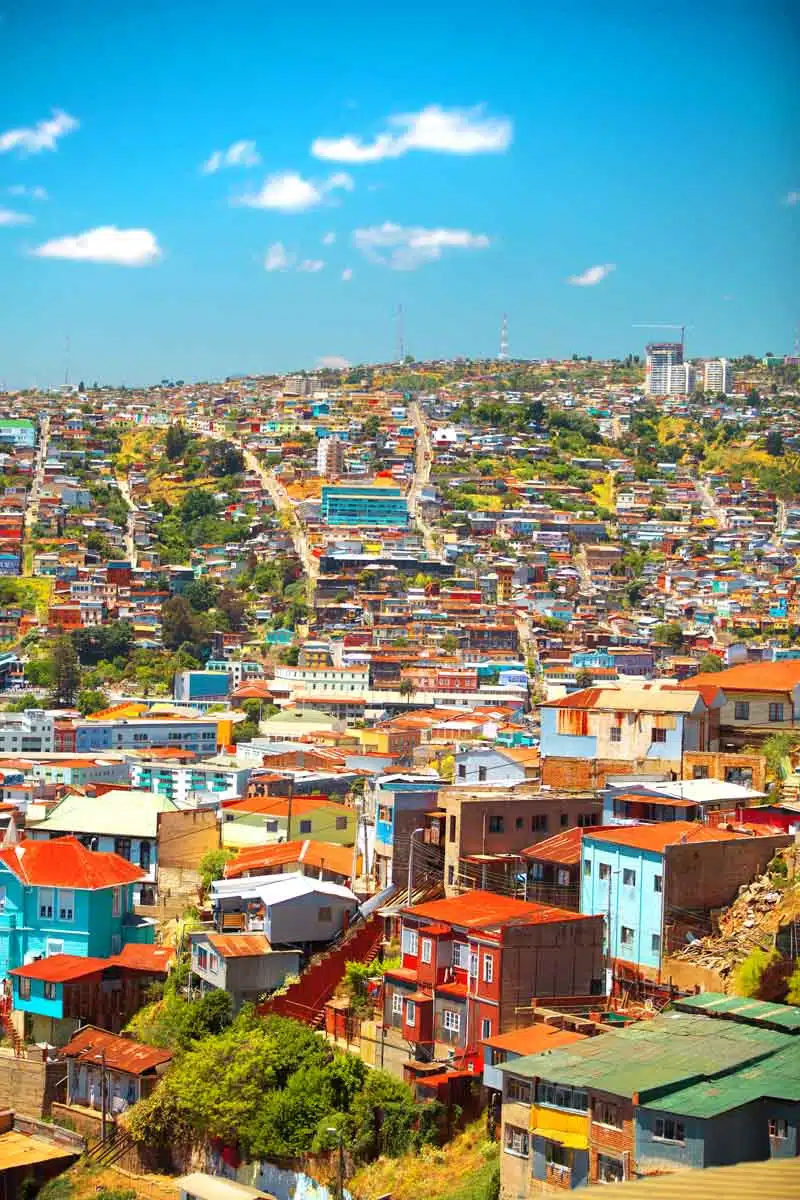
Now for a UNESCO site on mainland Chile, the Historic Quarter of the Seaport City of Valparaiso.
I only recently got to visit this labyrinthine mishmash of alleyways, funiculars and vibrant houses and I’m so glad that I did.
The 19th and 20th-century historic port has a gorgeous combination of steep hills, colourful houses, and artistic influence spanning centuries.
Galapagos Islands, Ecuador

The Galapagos Islands sit off the coast of Ecuador and form one of South America’s most iconic UNESCO World Heritage Sites.
Featuring some of the most amazing endemic species anywhere on the planet, it’s the missing link in the evolutionary chain, with lumbering tortoises and bobbing blue-footed boobies, you can think of the Galapagos as a living laboratory that played a fundamental role in Darwin’s revolutionary theories.
Cusco, Peru
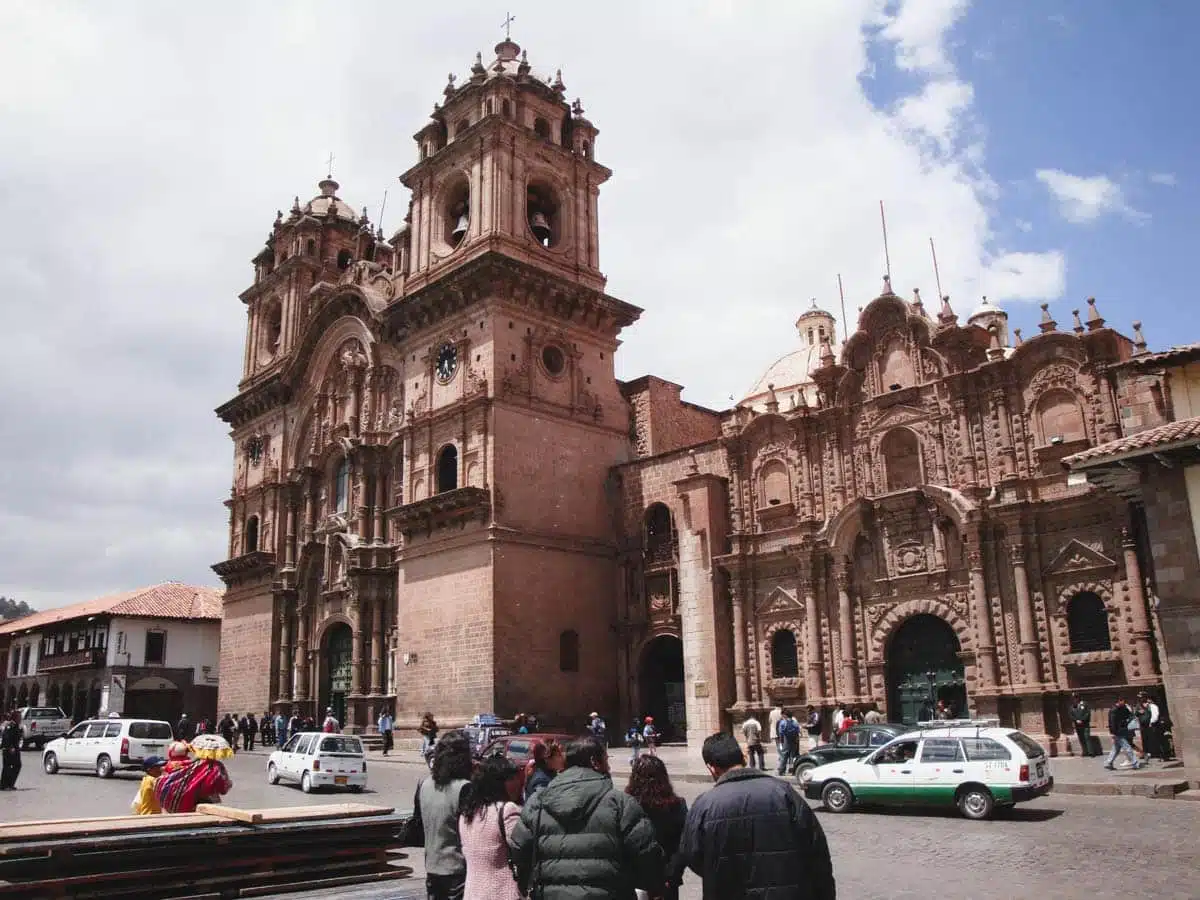
Looking for UNESCO World Heritage Sites in Peru that aren’t Machu Picchu? Visit the incredible ancient city of Cusco.
Once the capital of the ancient Incan empire, start at the city’s heart, the Plaza de Armas, which is also home to Cusco’s Cathedral.
Elsewhere, study the baroque architecture at Iglesia de la Compania de Jesus, or head out of town to see the towering fortress of the Sacsayhuaman ruins.
Machu Picchu, Peru
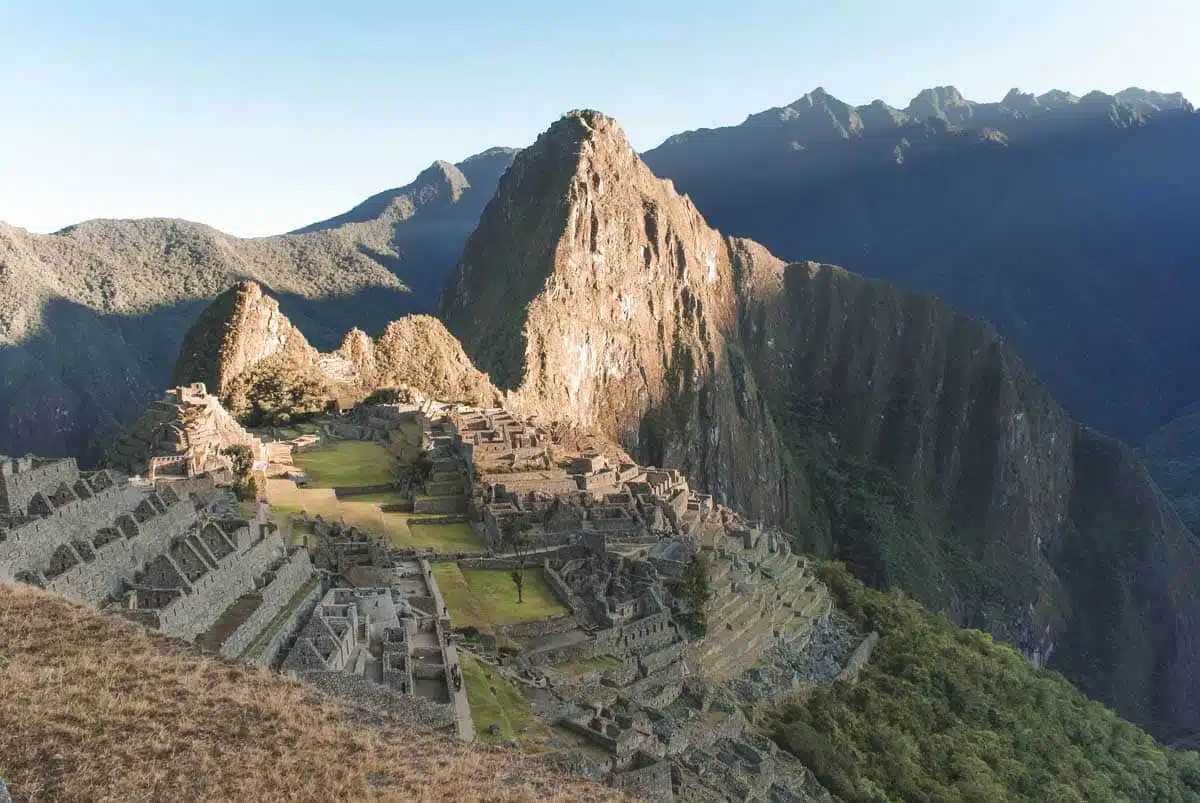
Visiting Machu Picchu in Peru is easily one of the most famous UNESCO World Heritage sites. Nestled in the Andes Mountains, it was an astronomical observatory and a private retreat for the Inca Pachacuti.
The massive 15th-century citadel is pretty much on every person’s bucket list and I can’t recommend it enough for areas like the Temple of the Sun along the Classic Inca Trail or the Huayna Picchu trek.
Want to really go on an adventure? Book a spot on the iconic Inca Trail trek or opt for an equally-stunning alternative such as Salkantay.
Must-Visit UNESCO World Heritage Sites: Map
Love This? Save and Share on Pinterest
